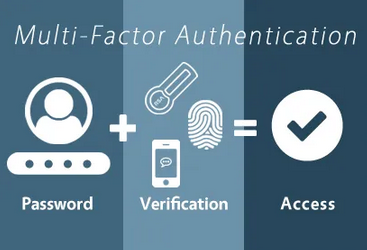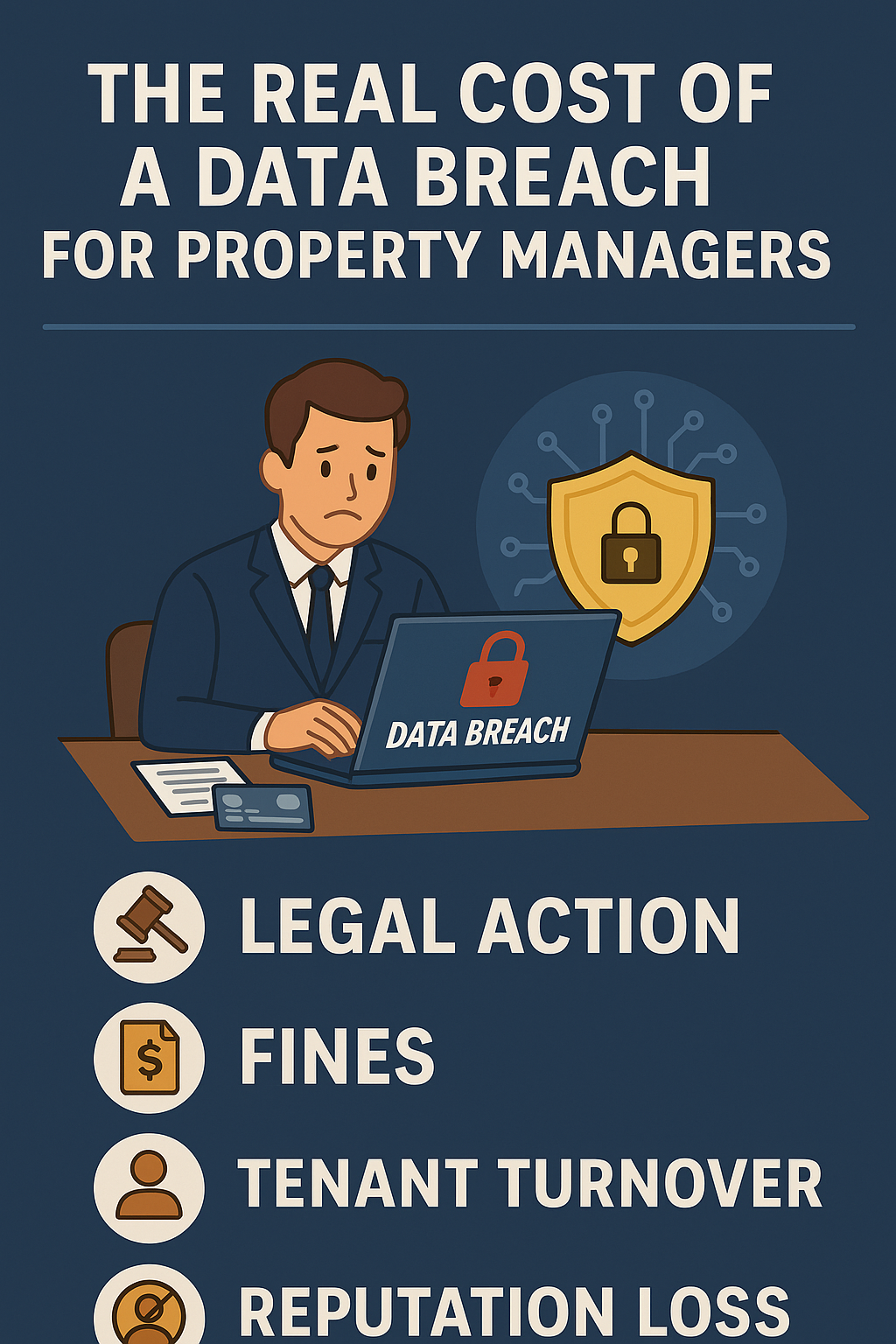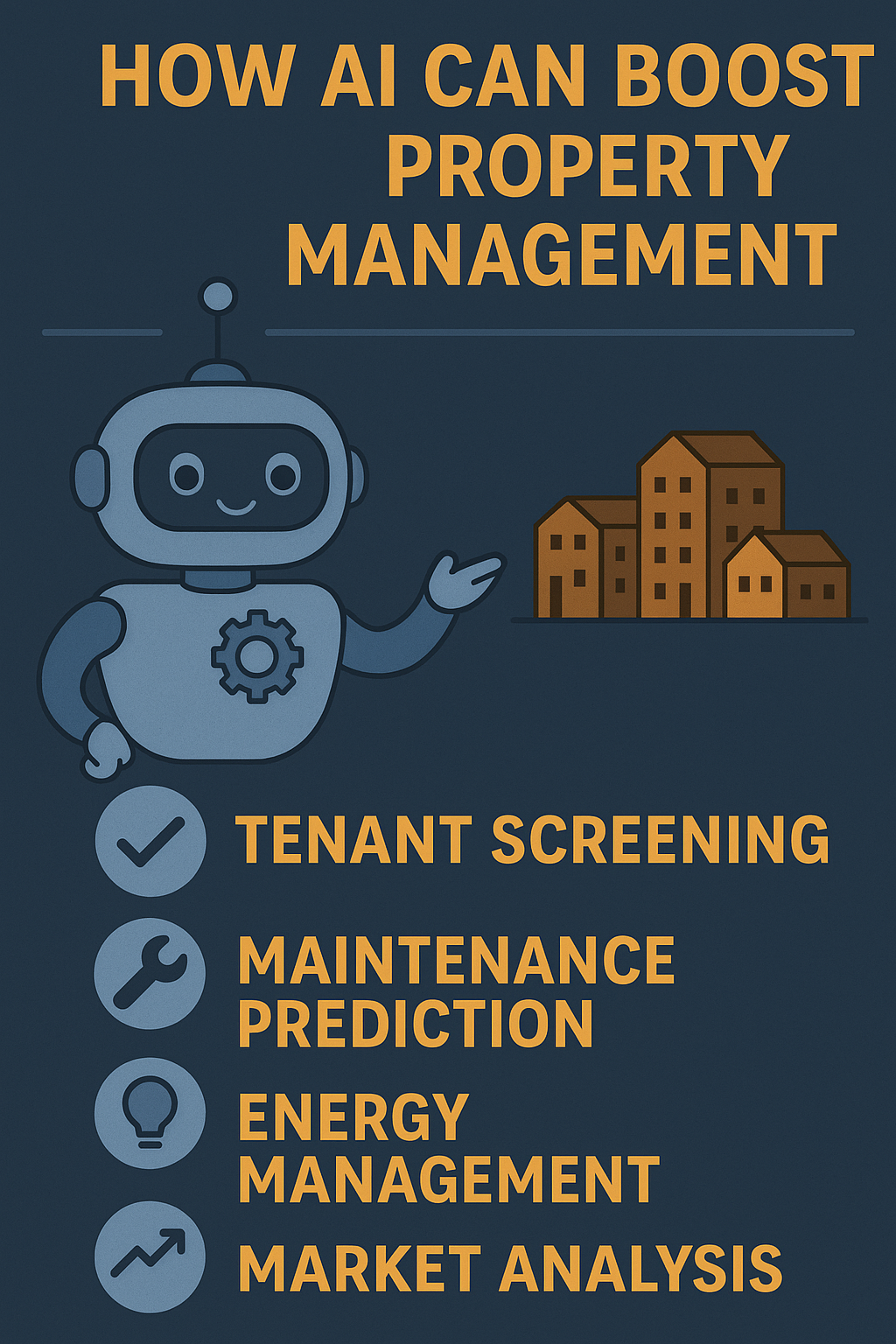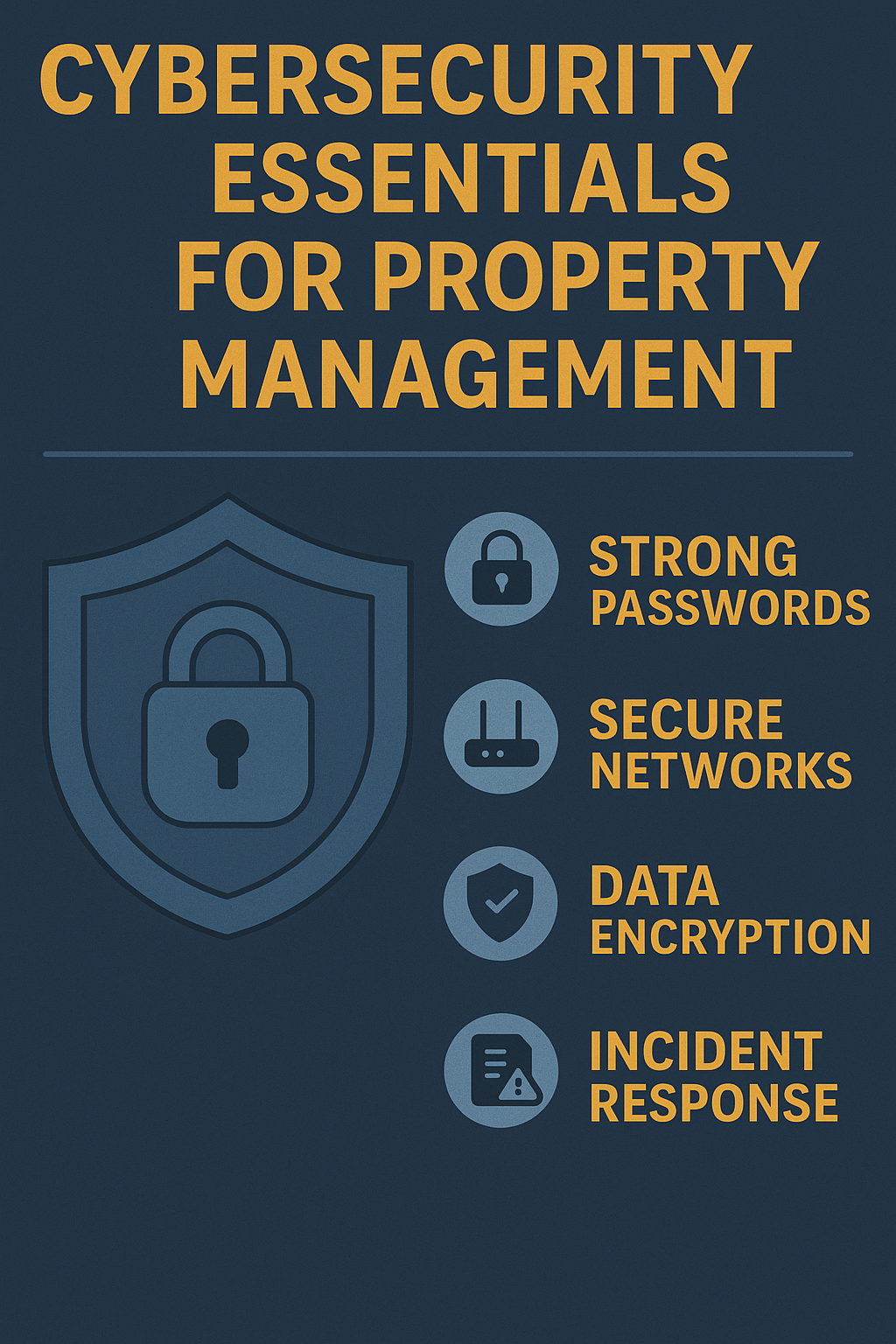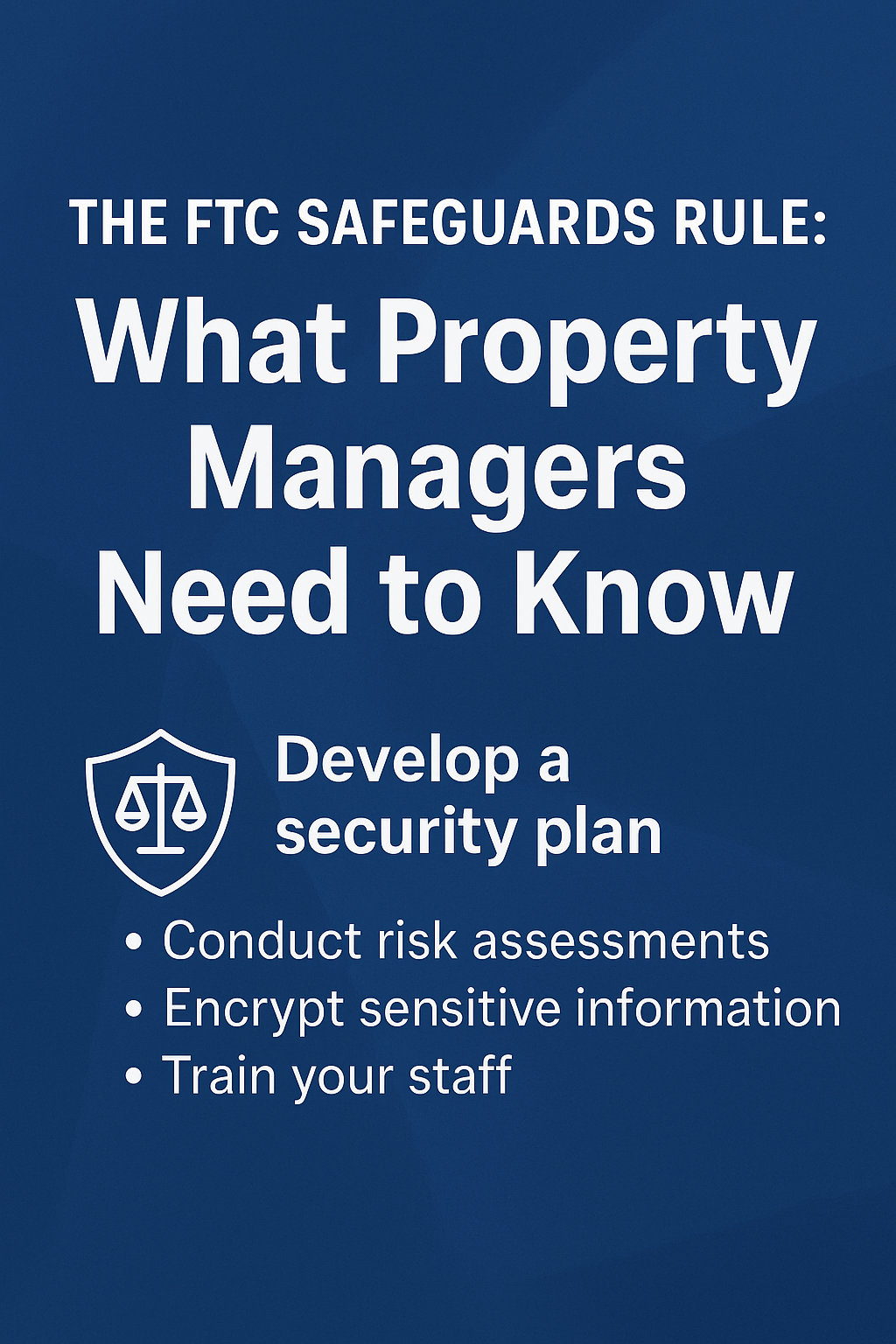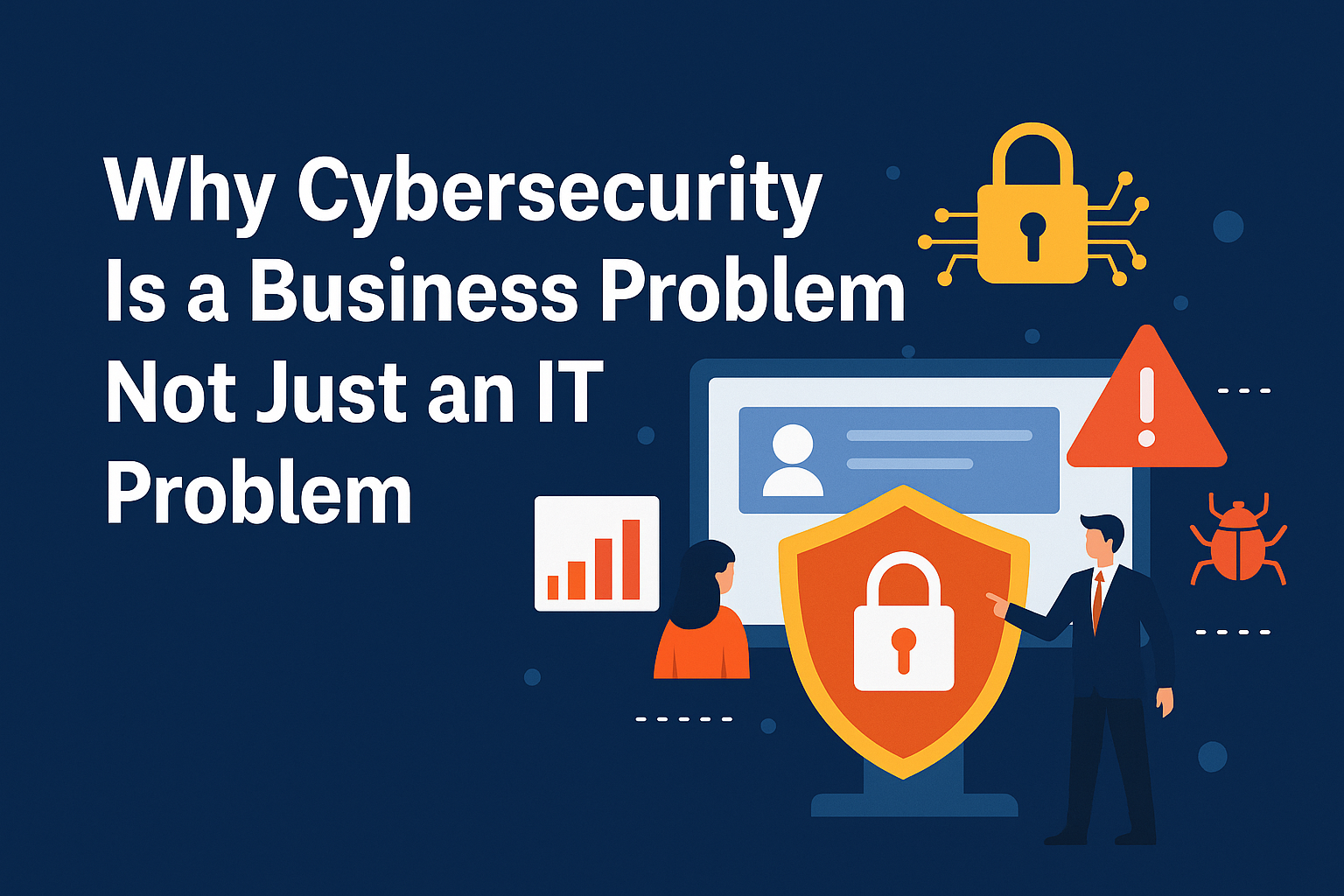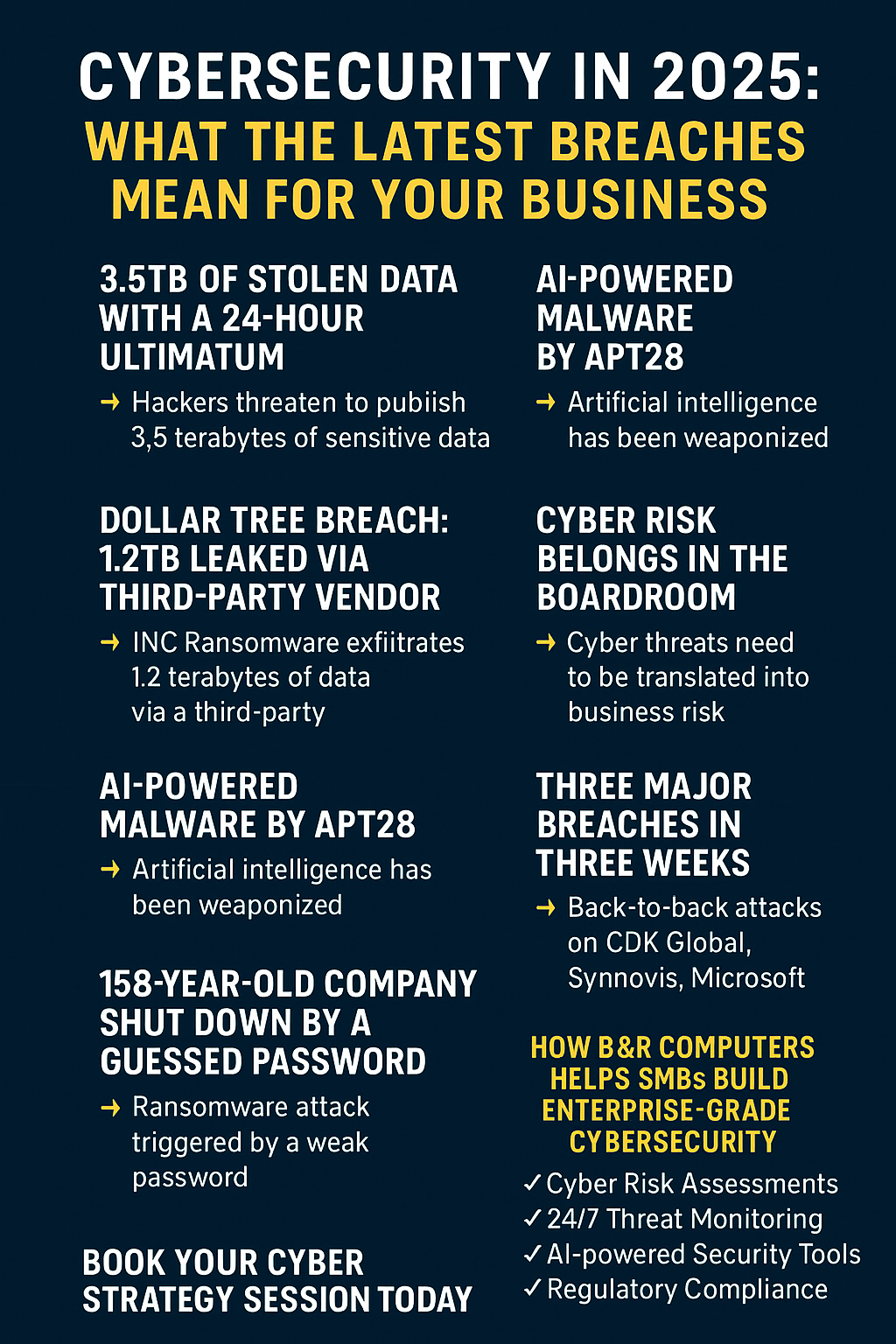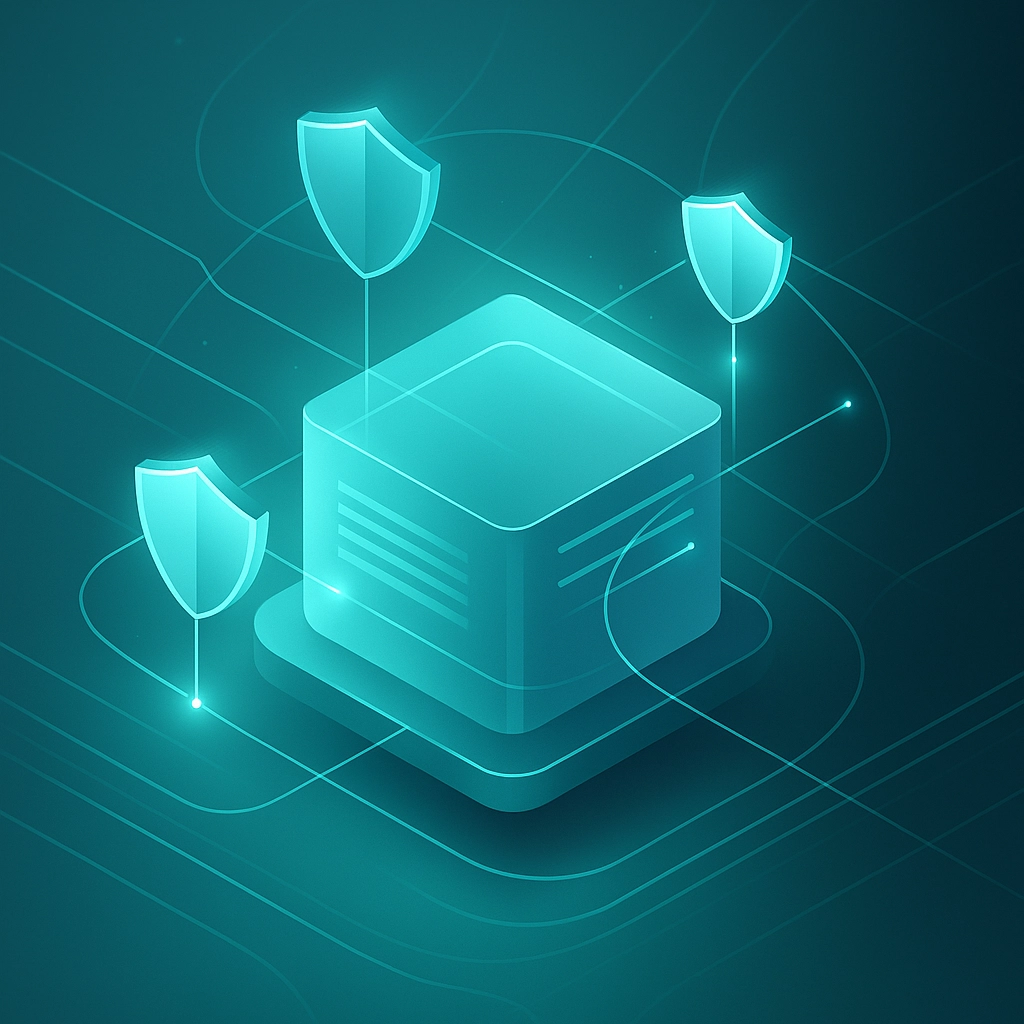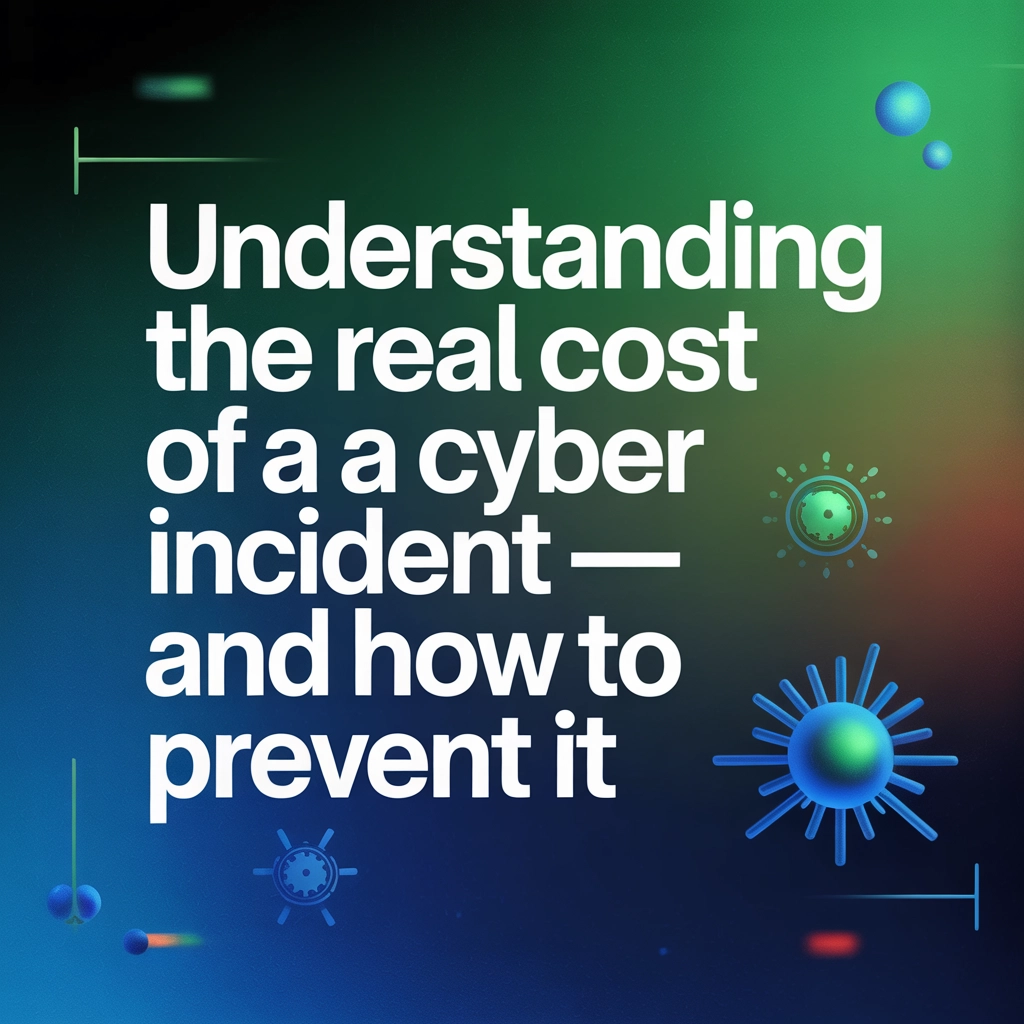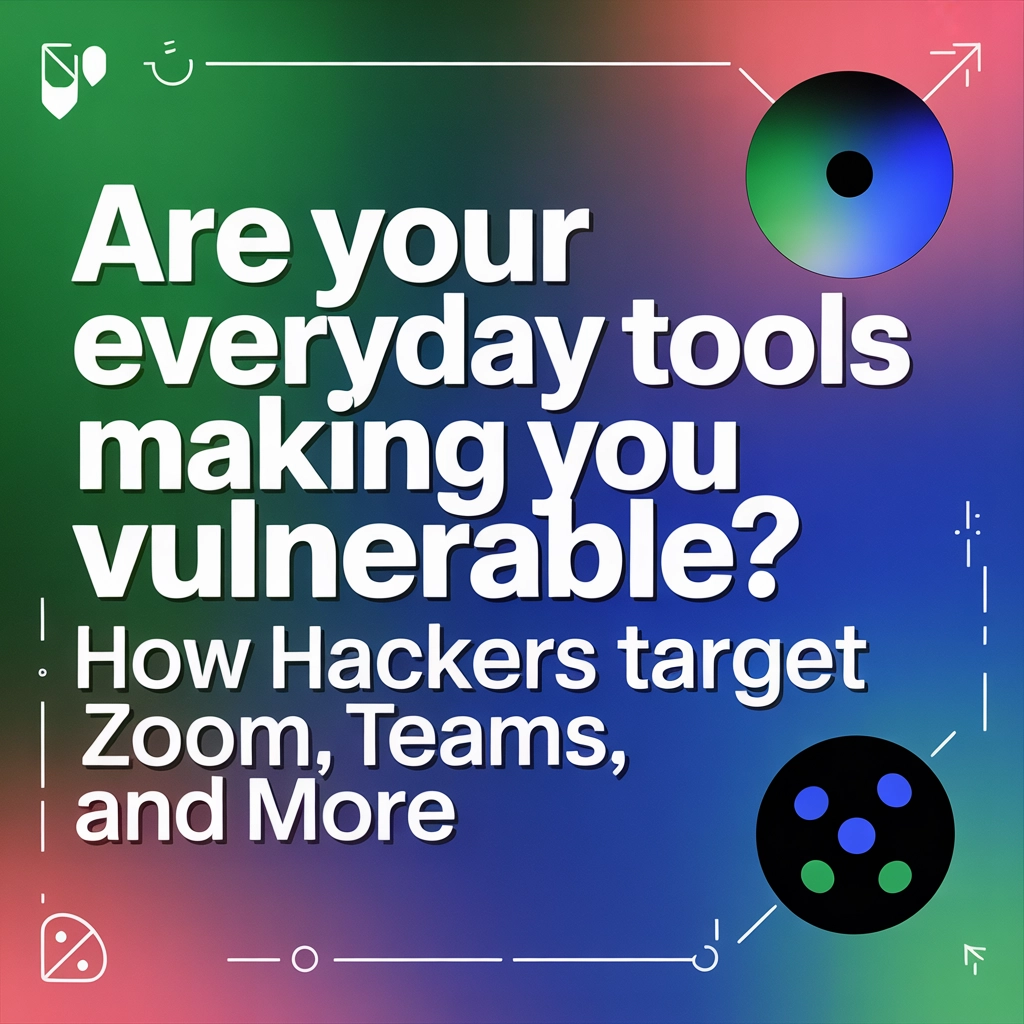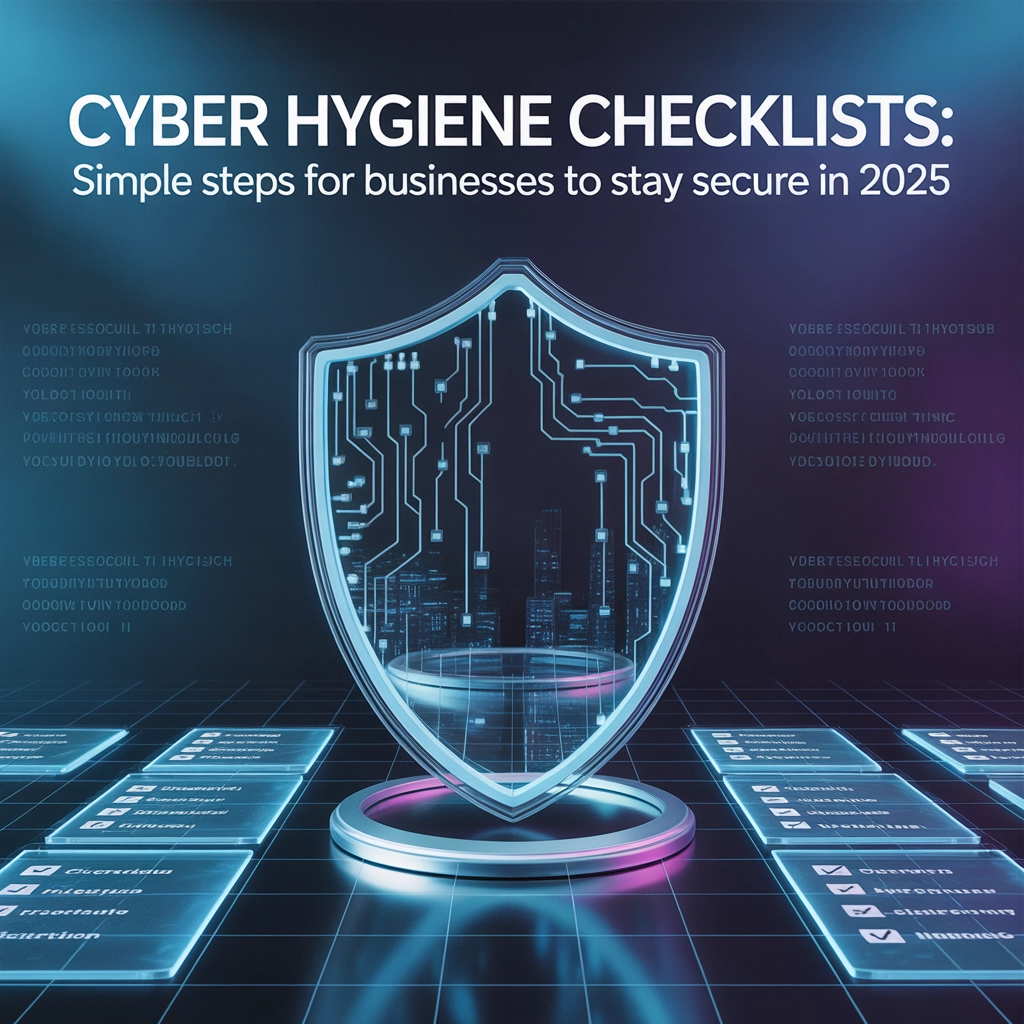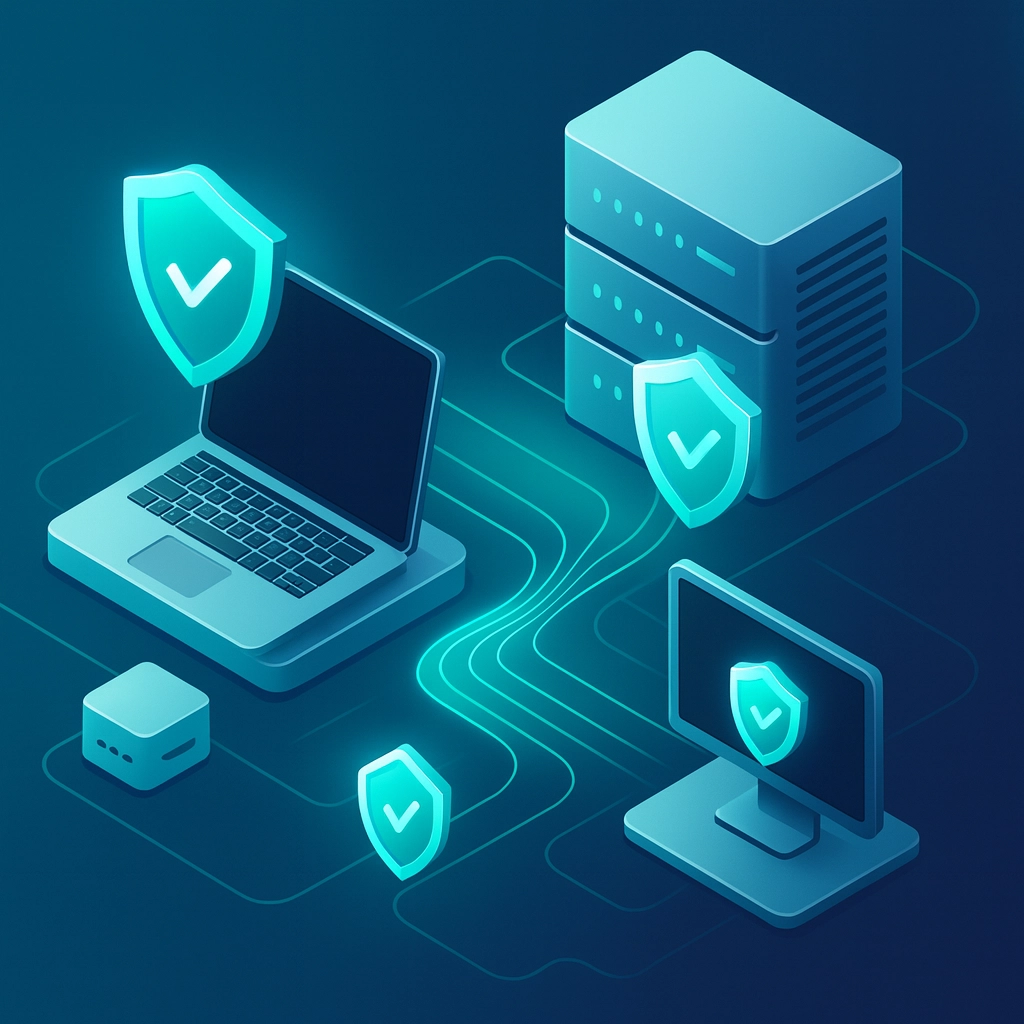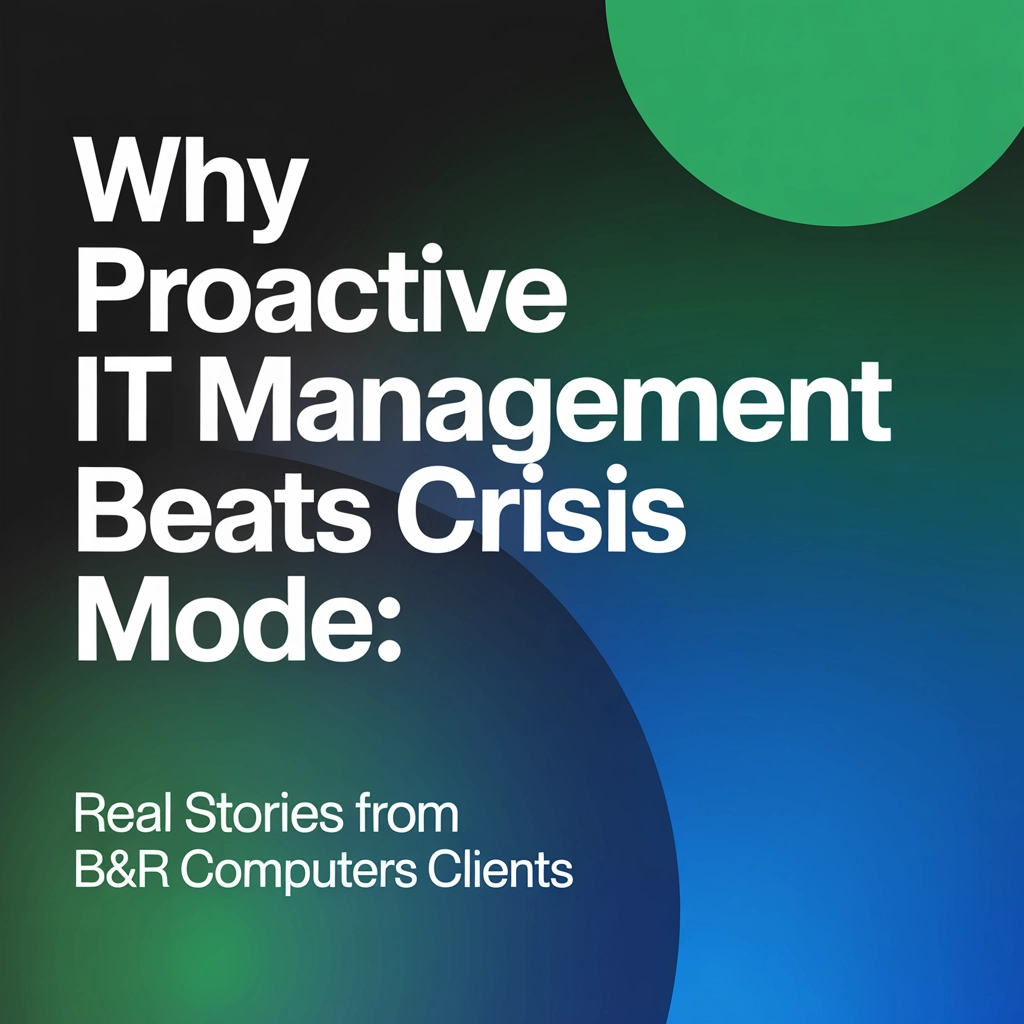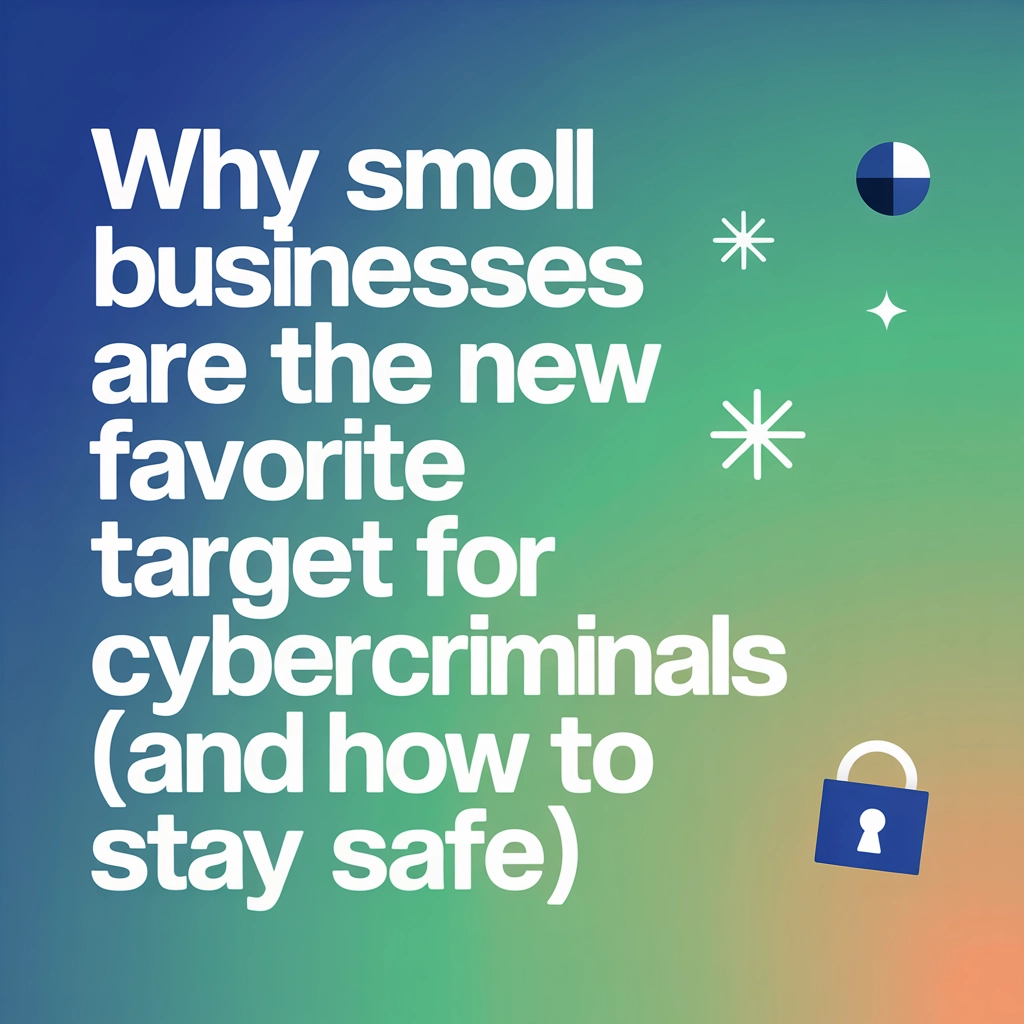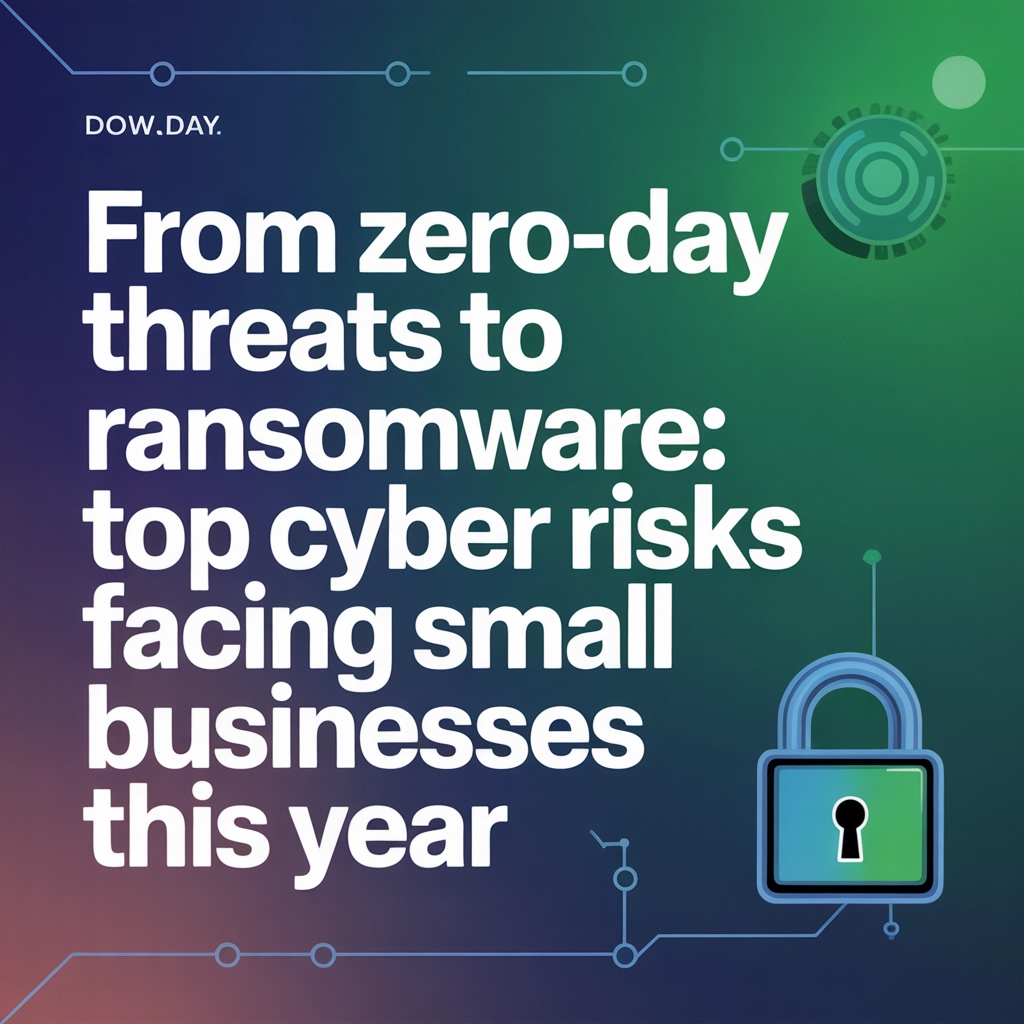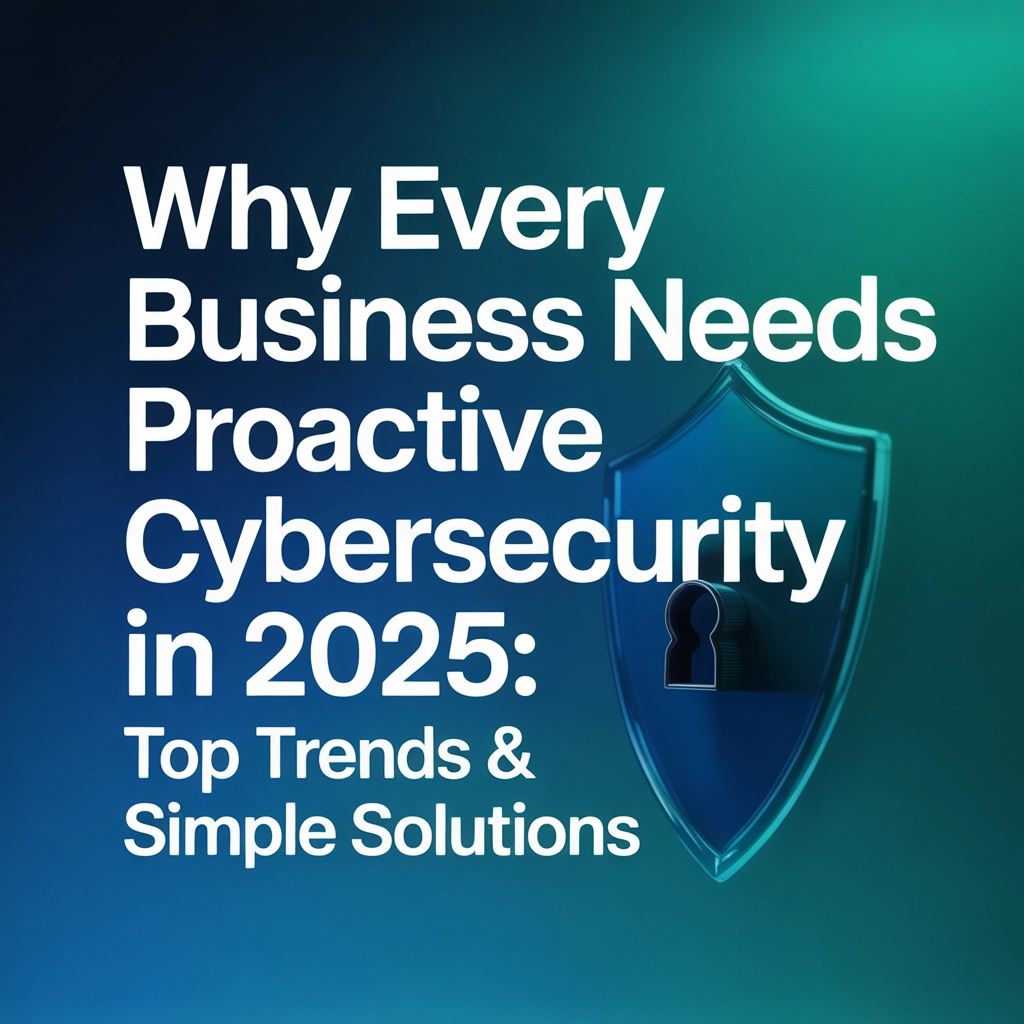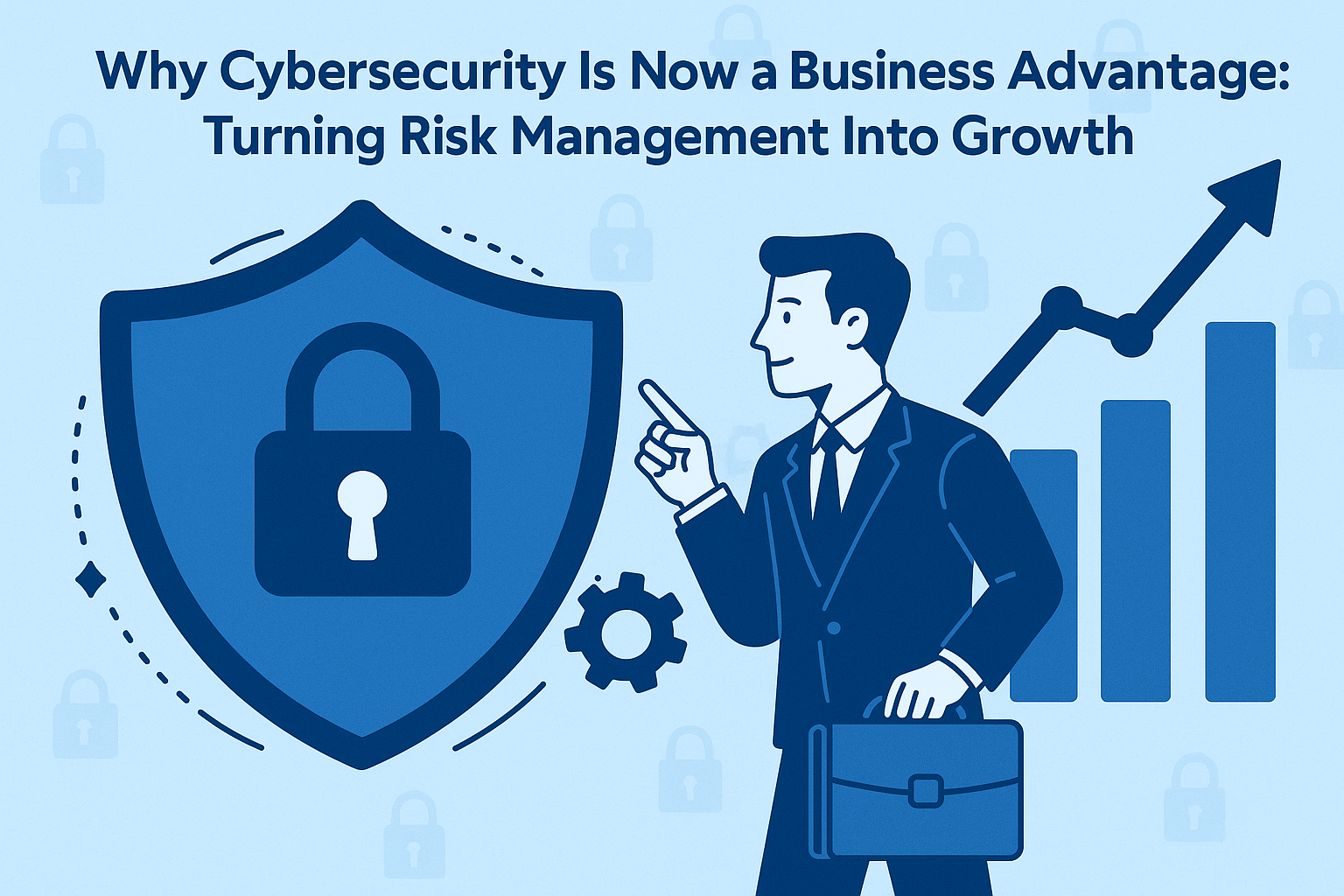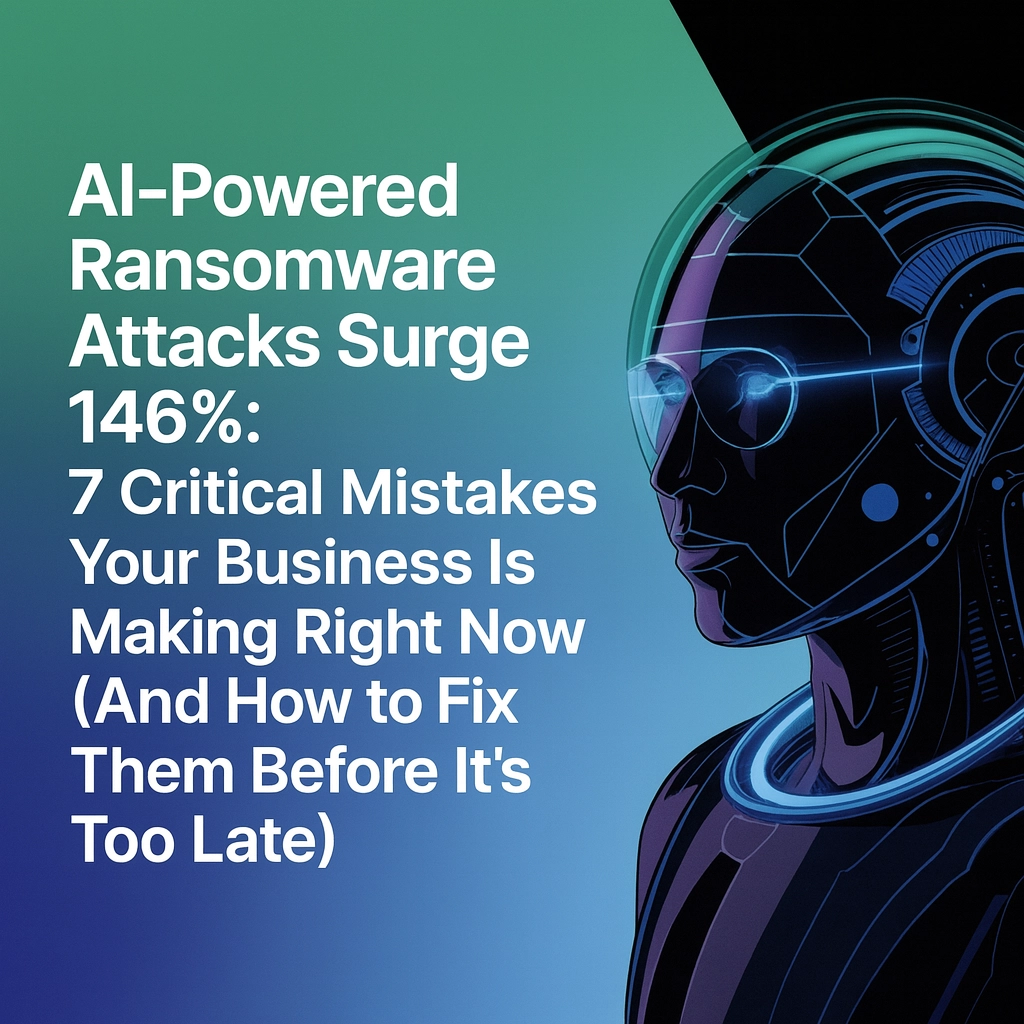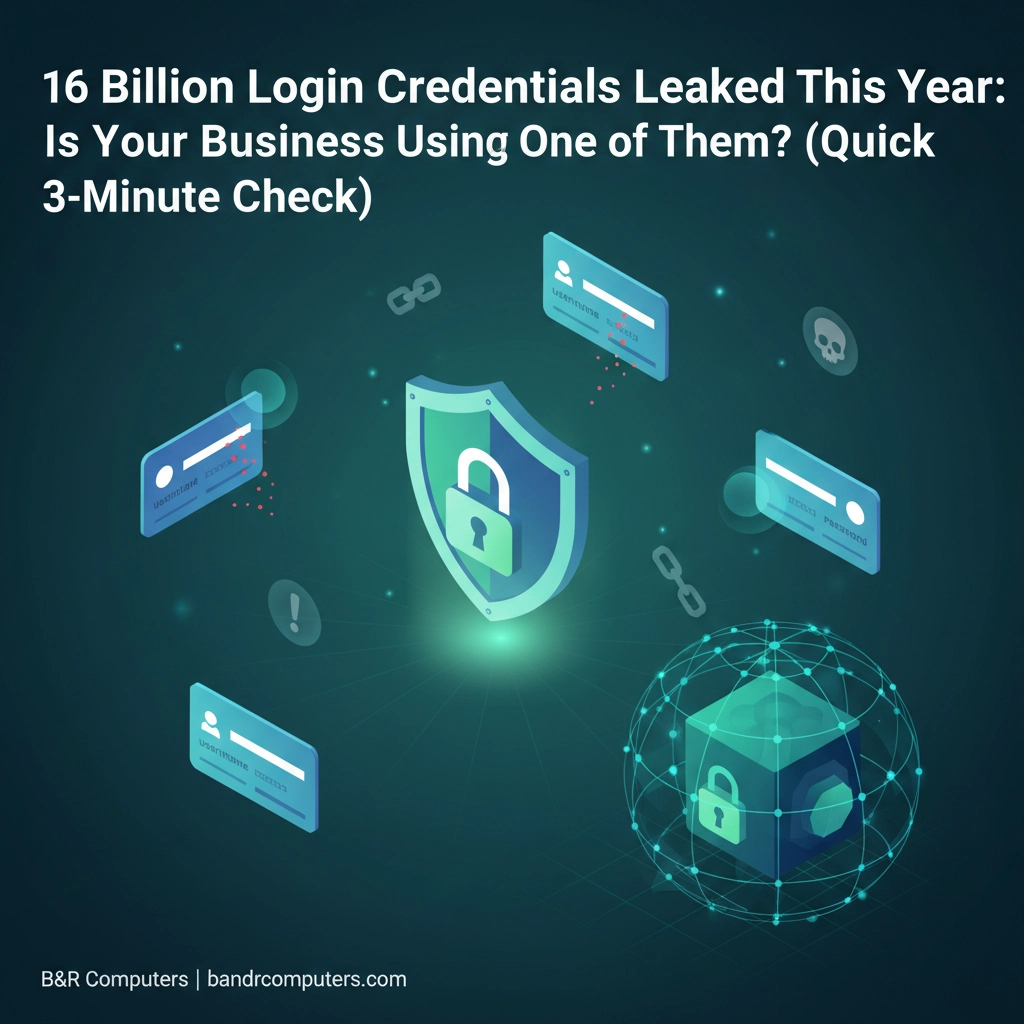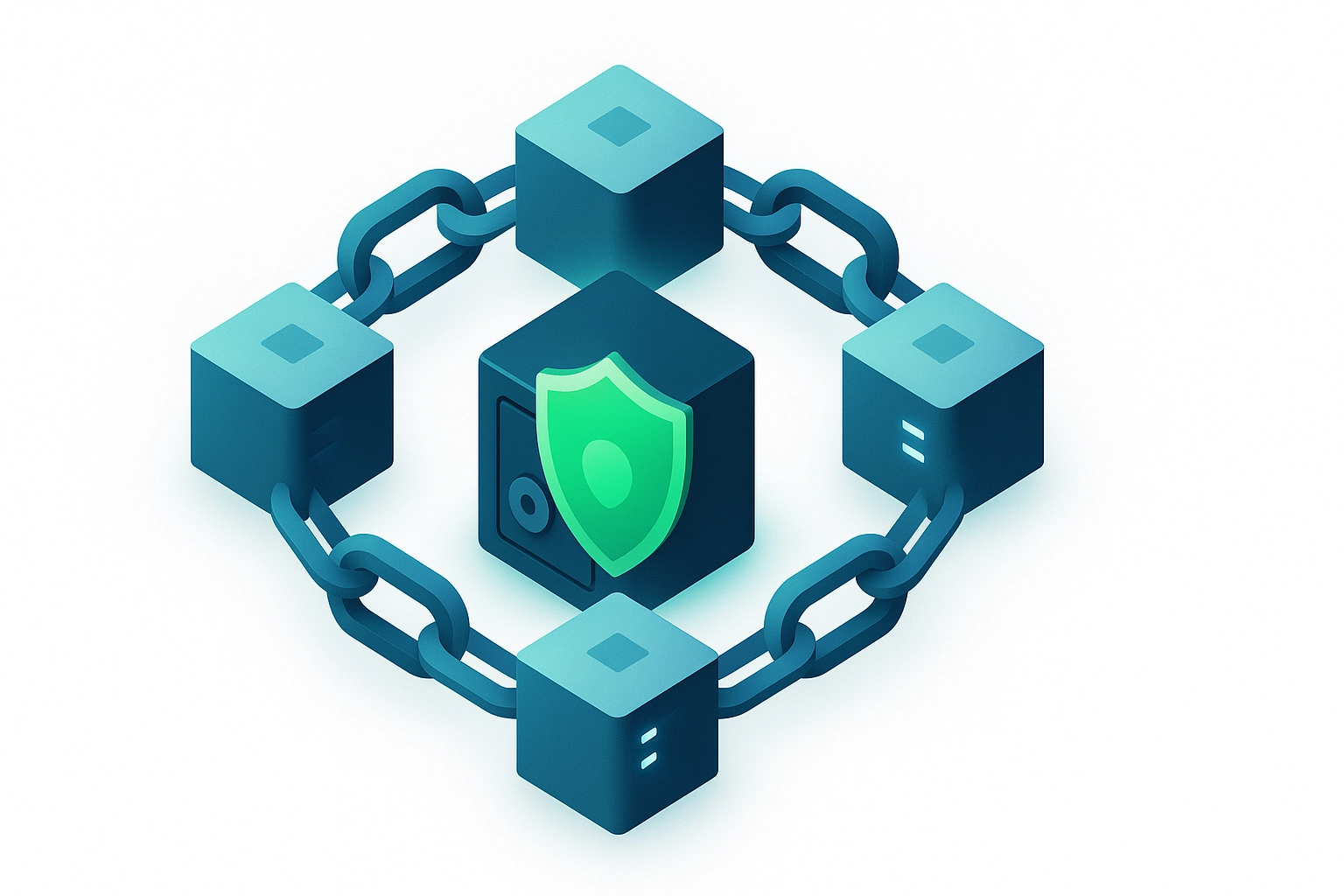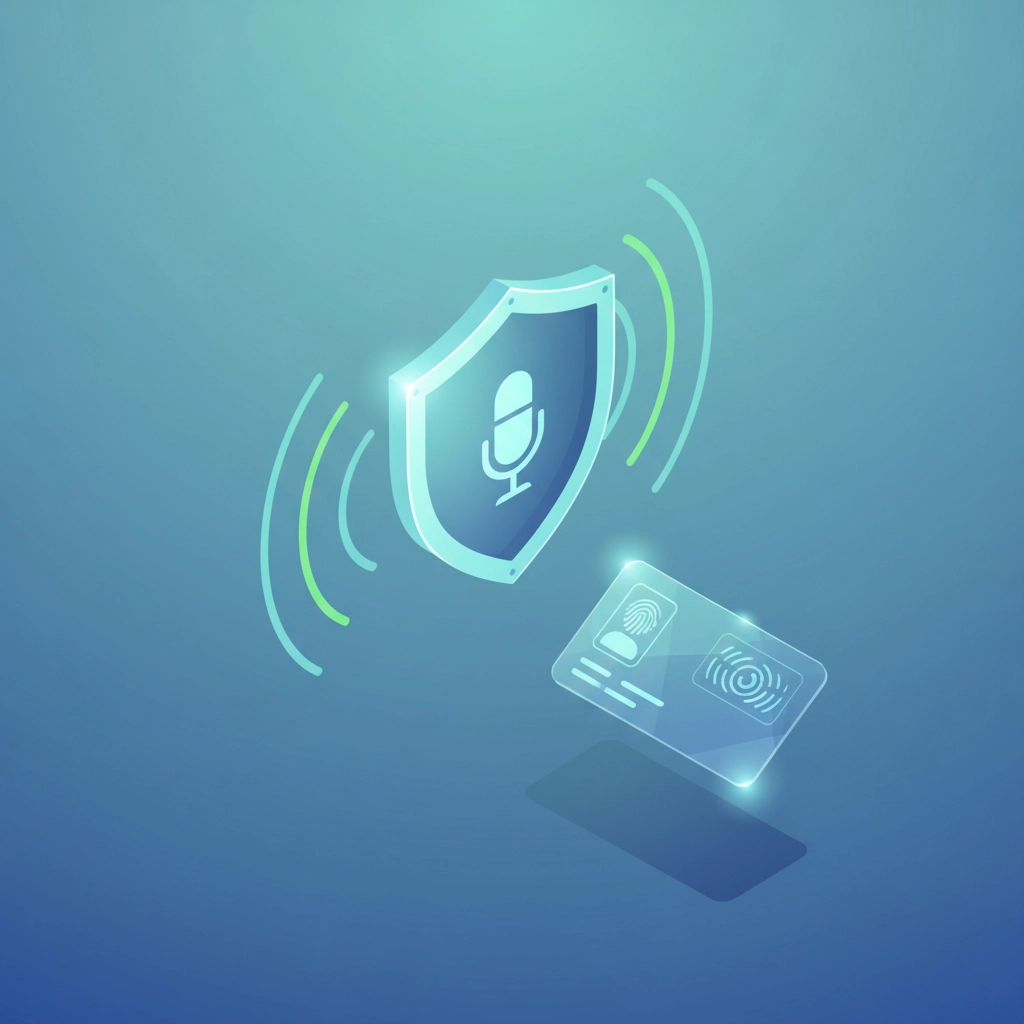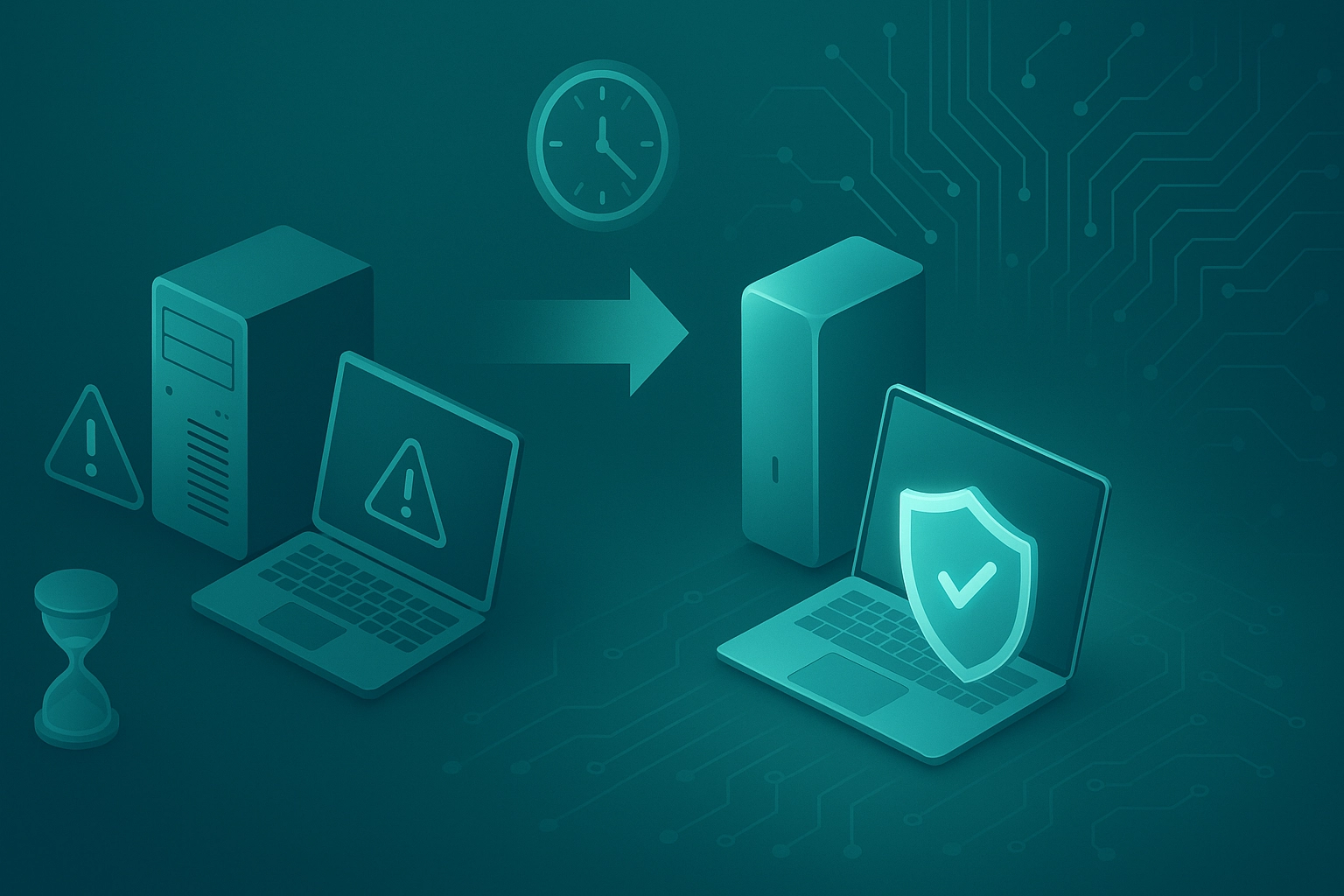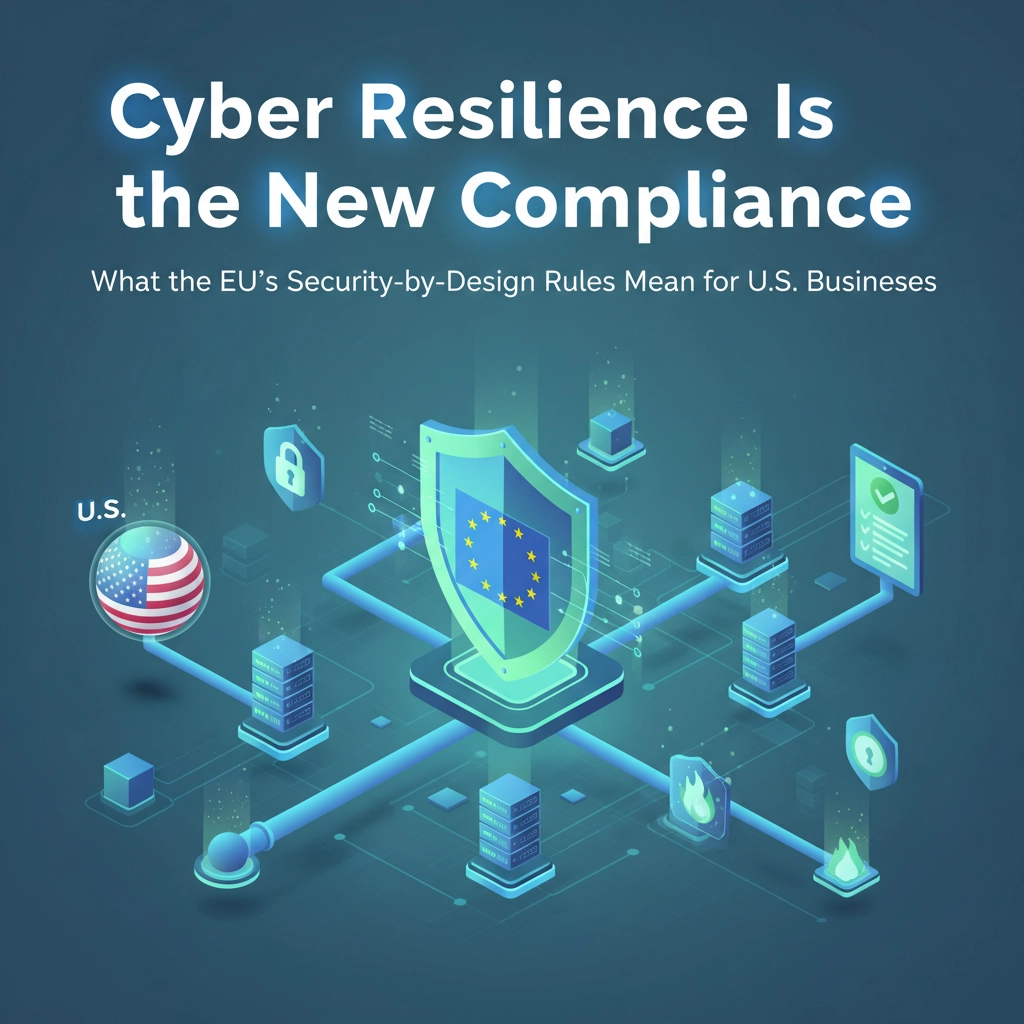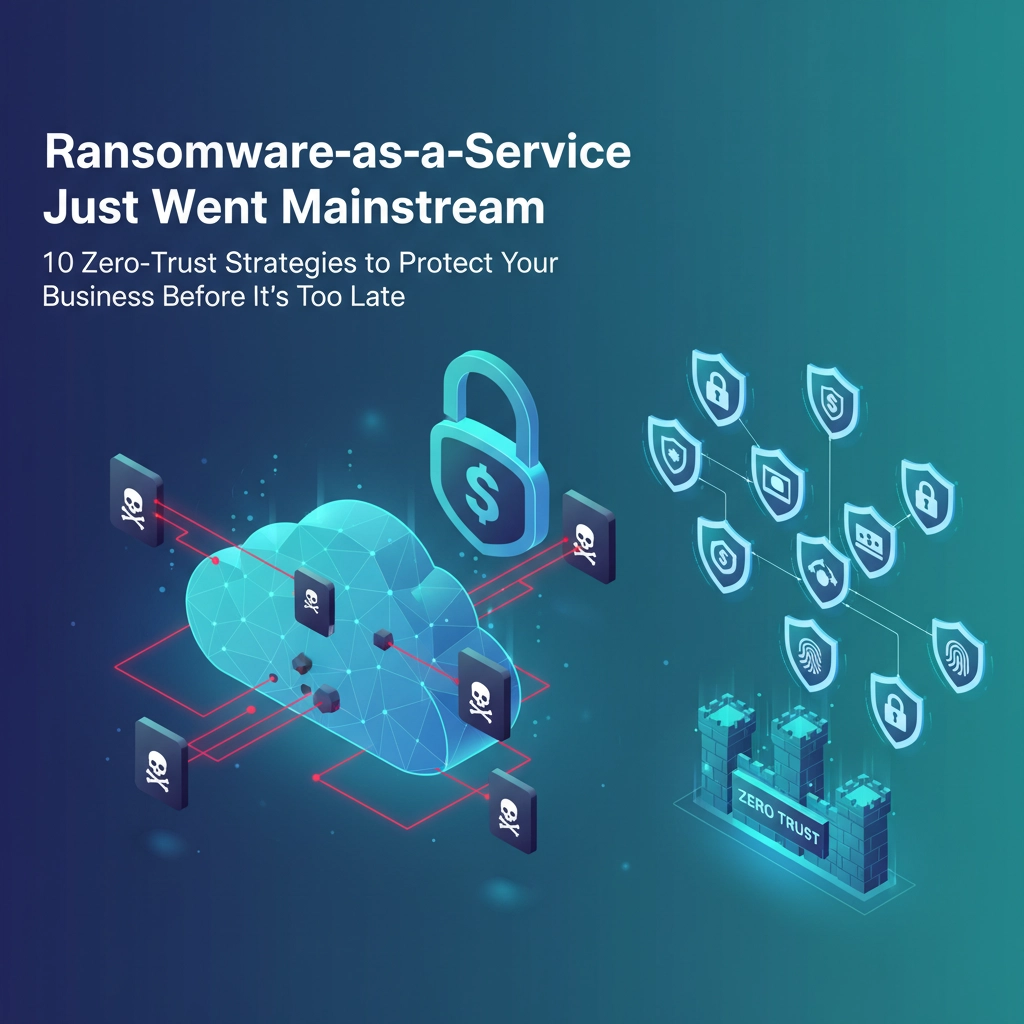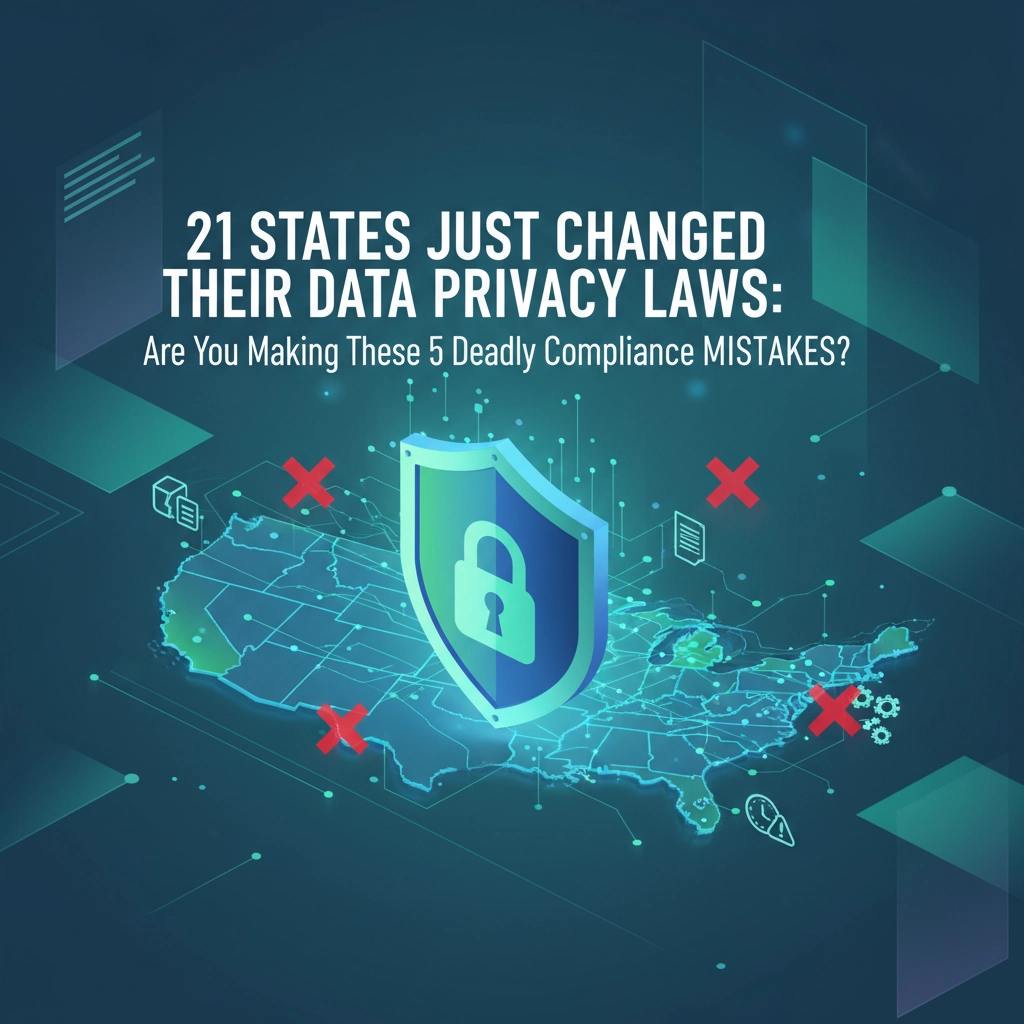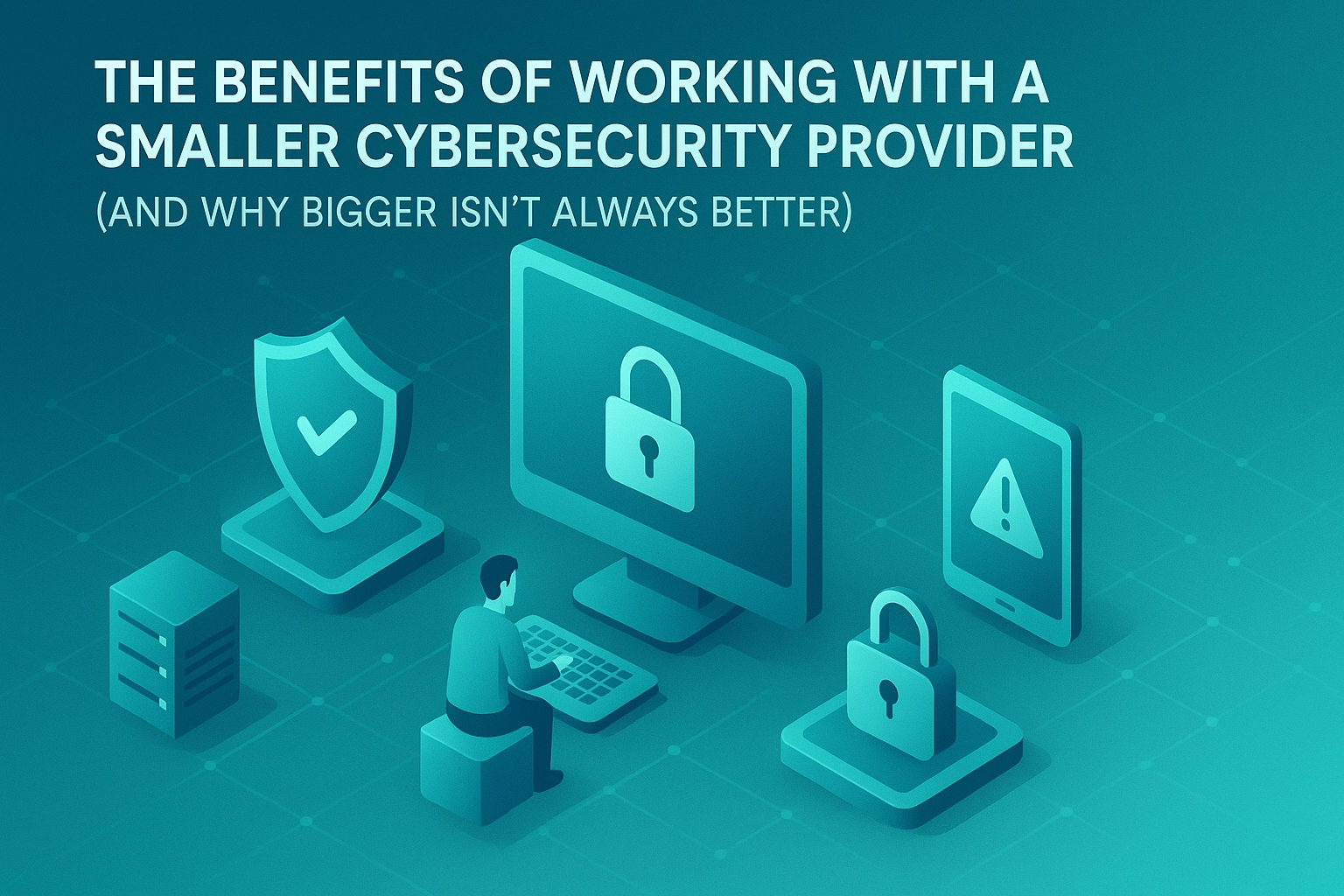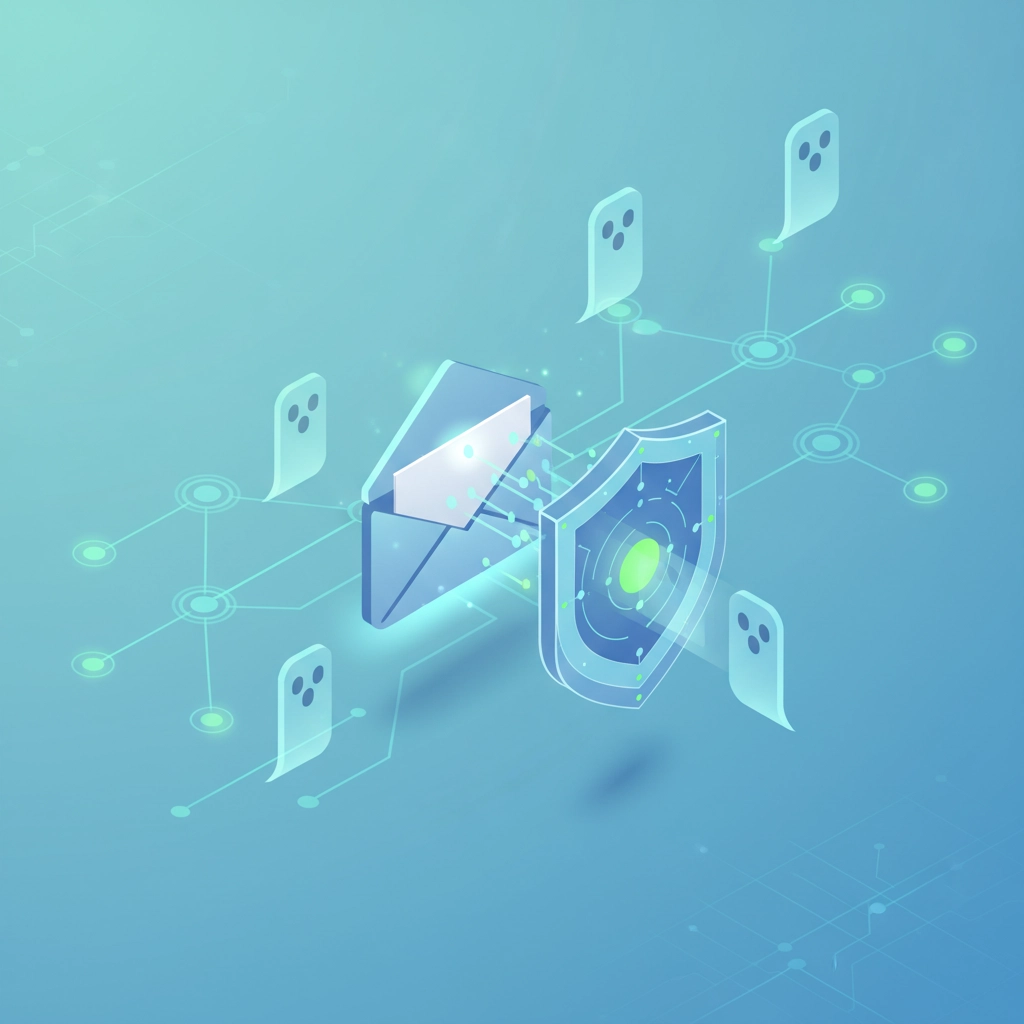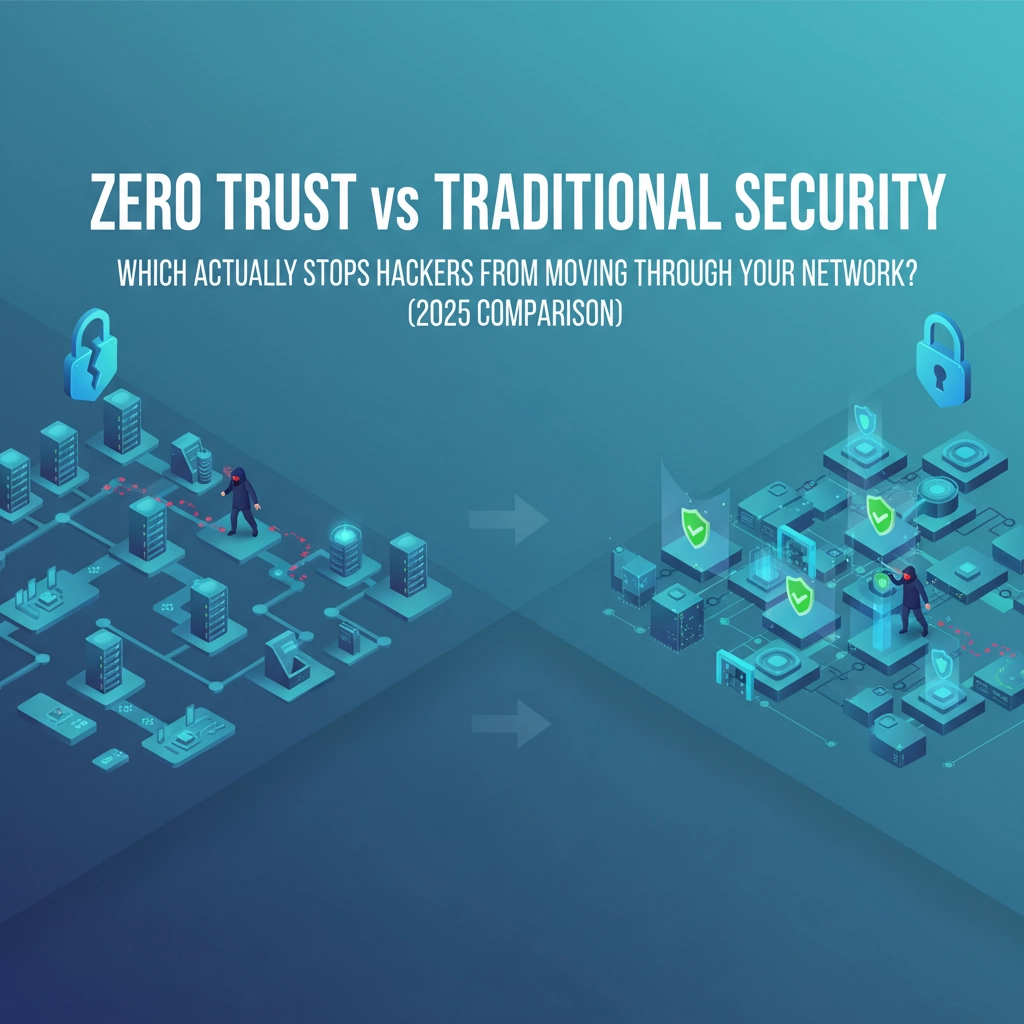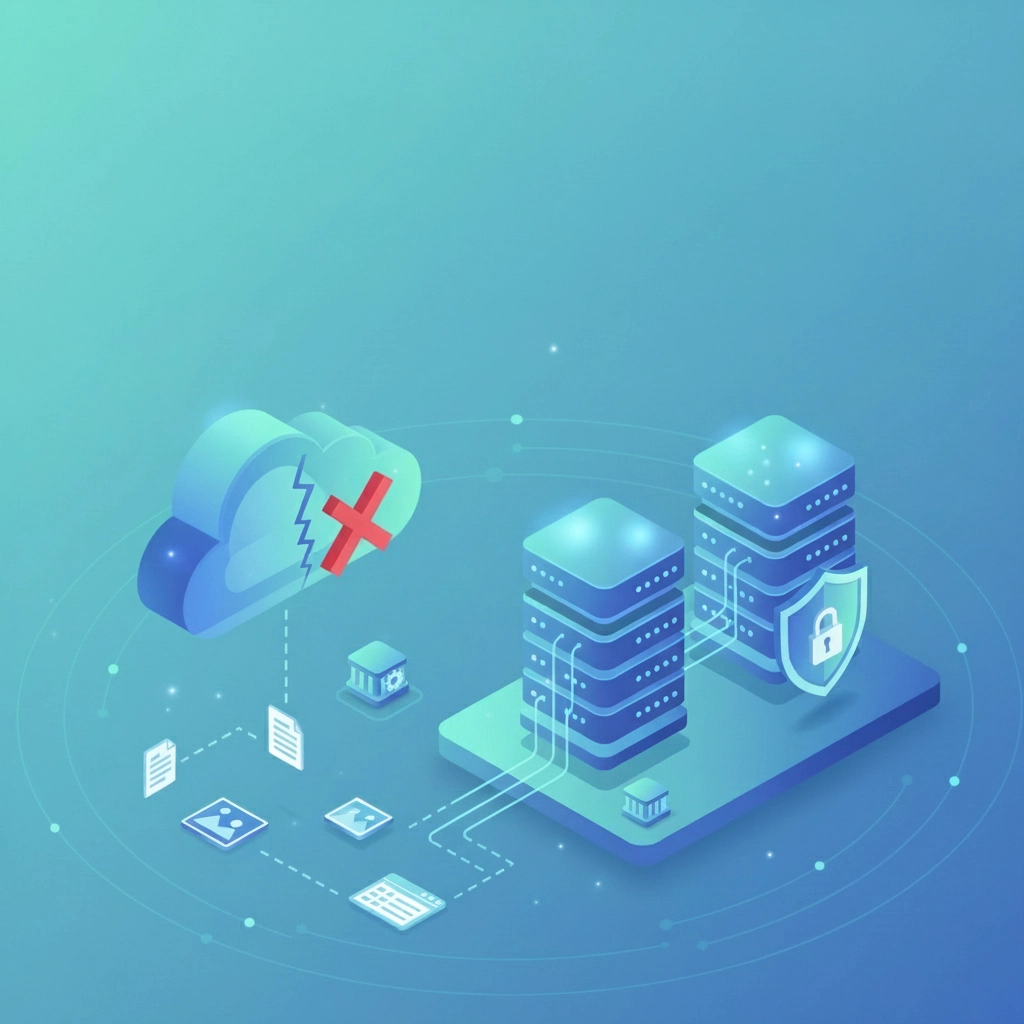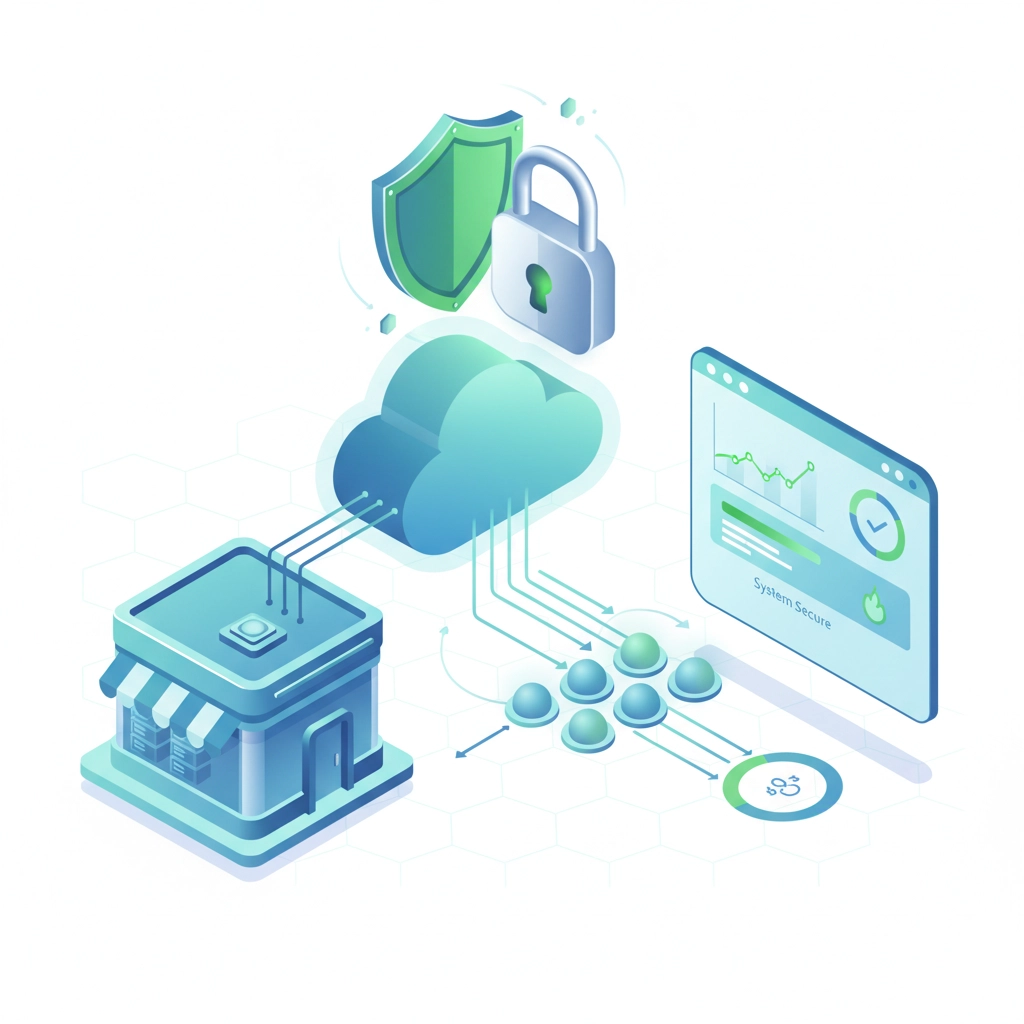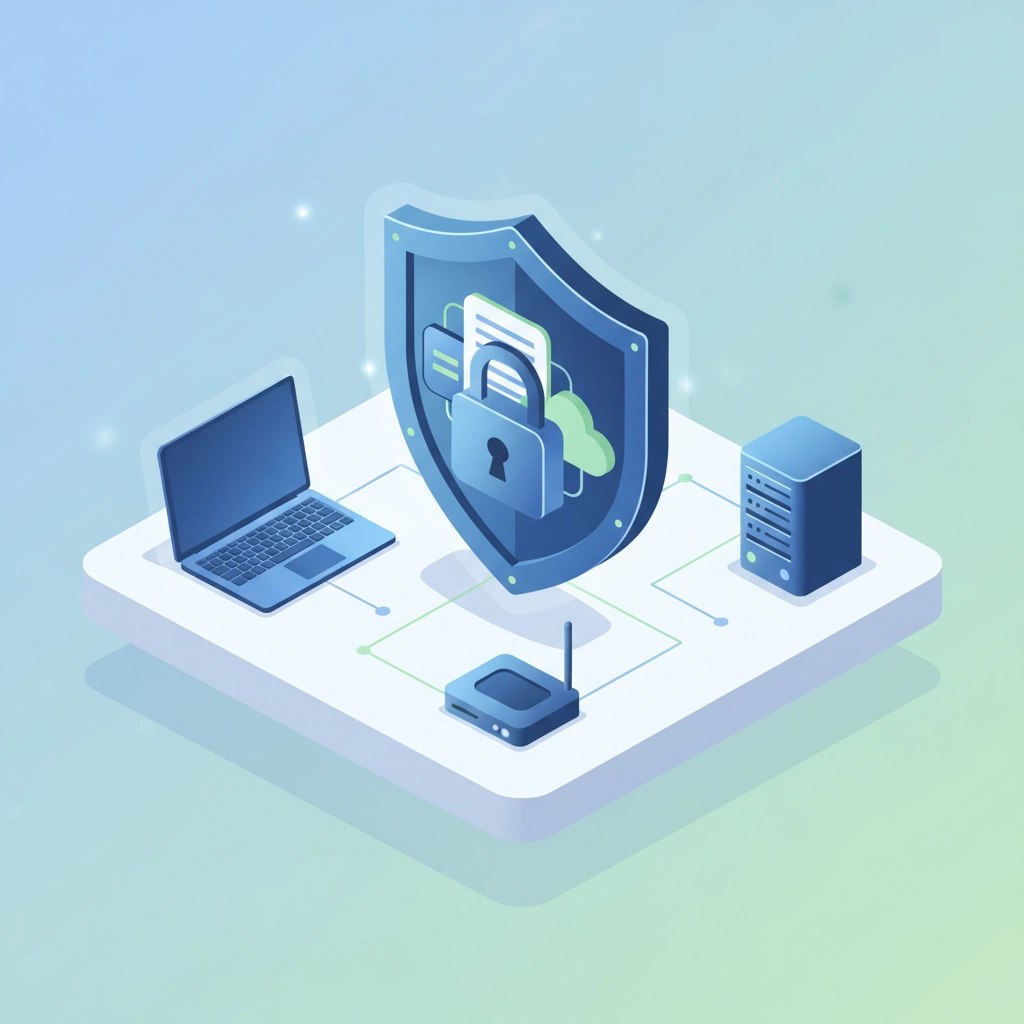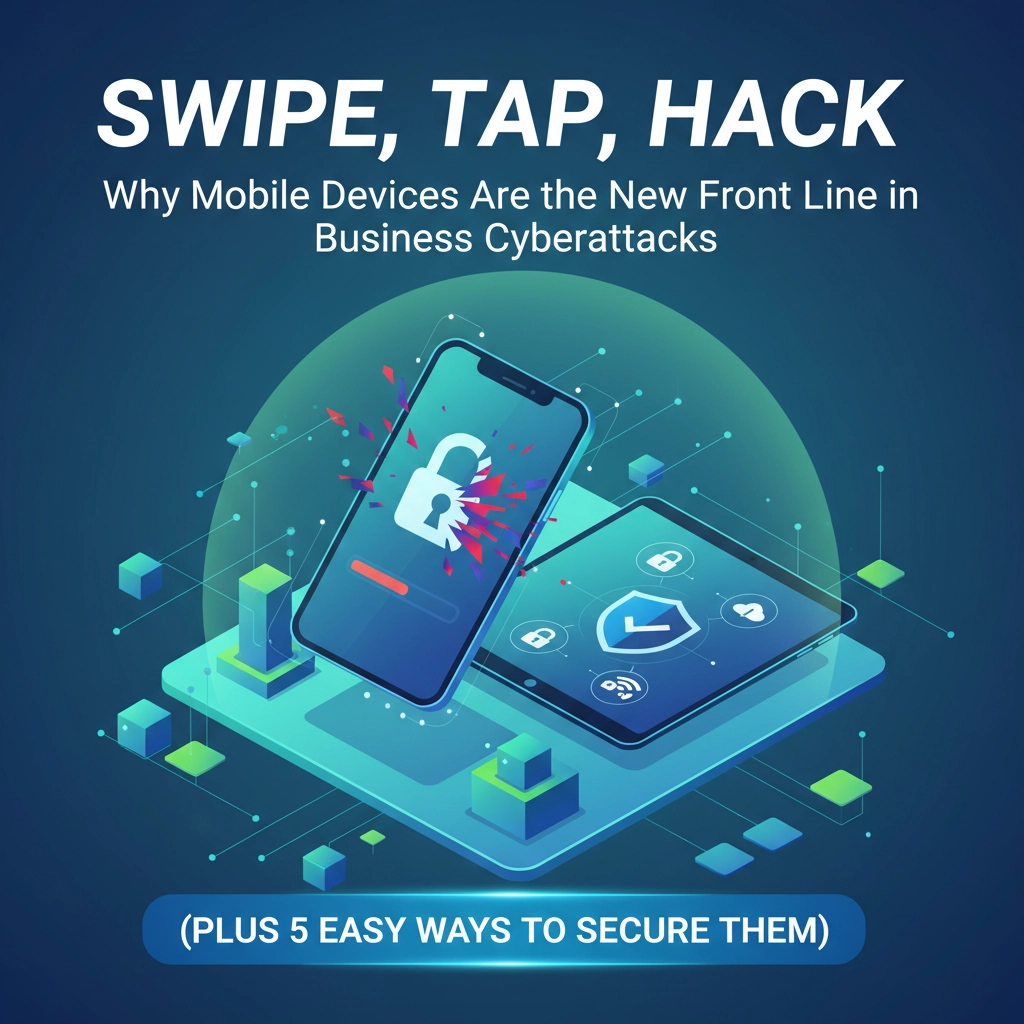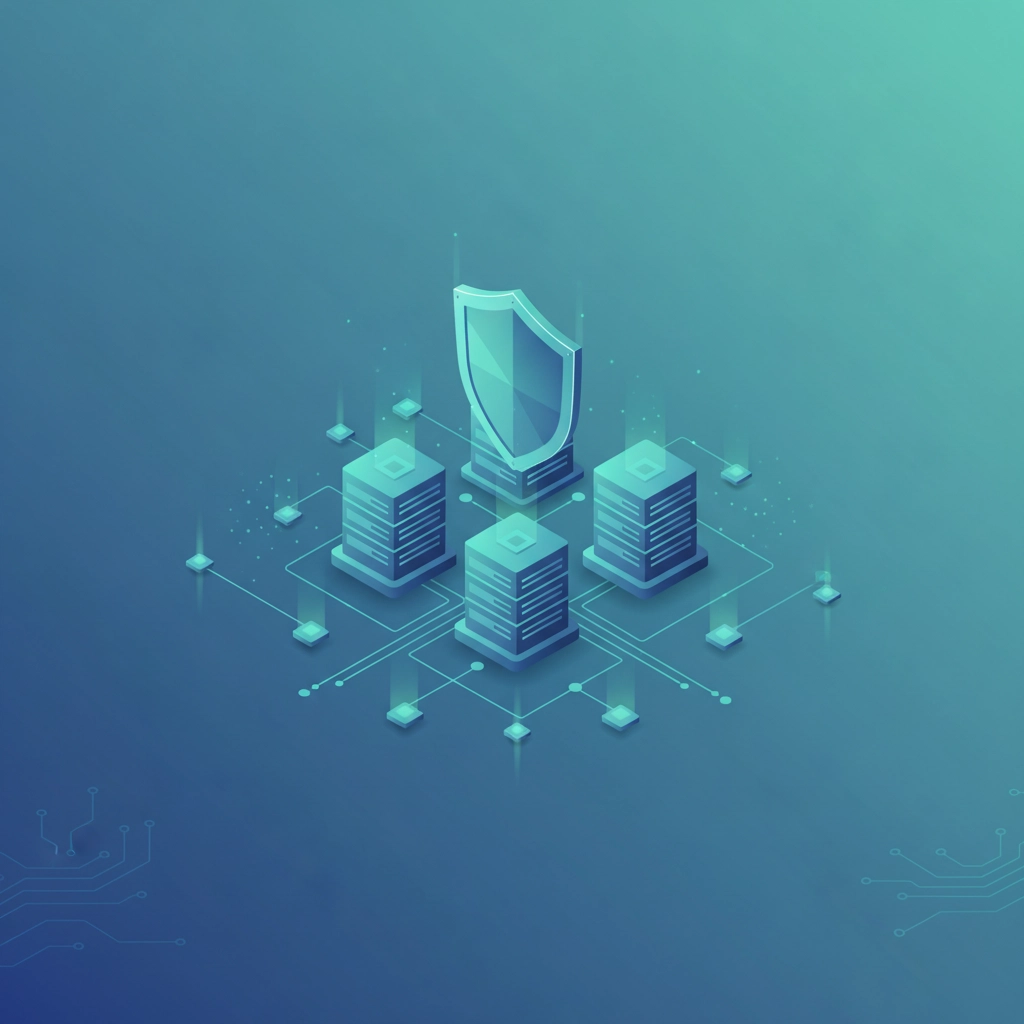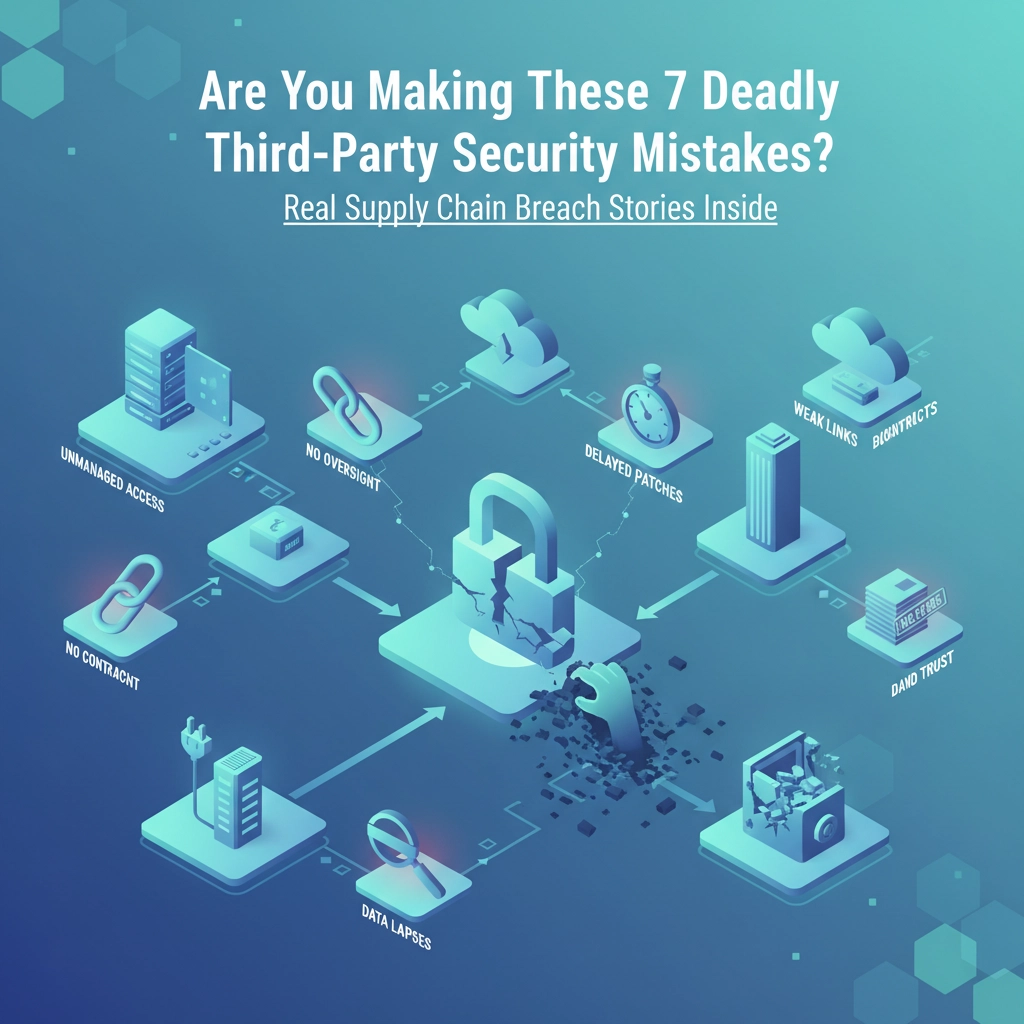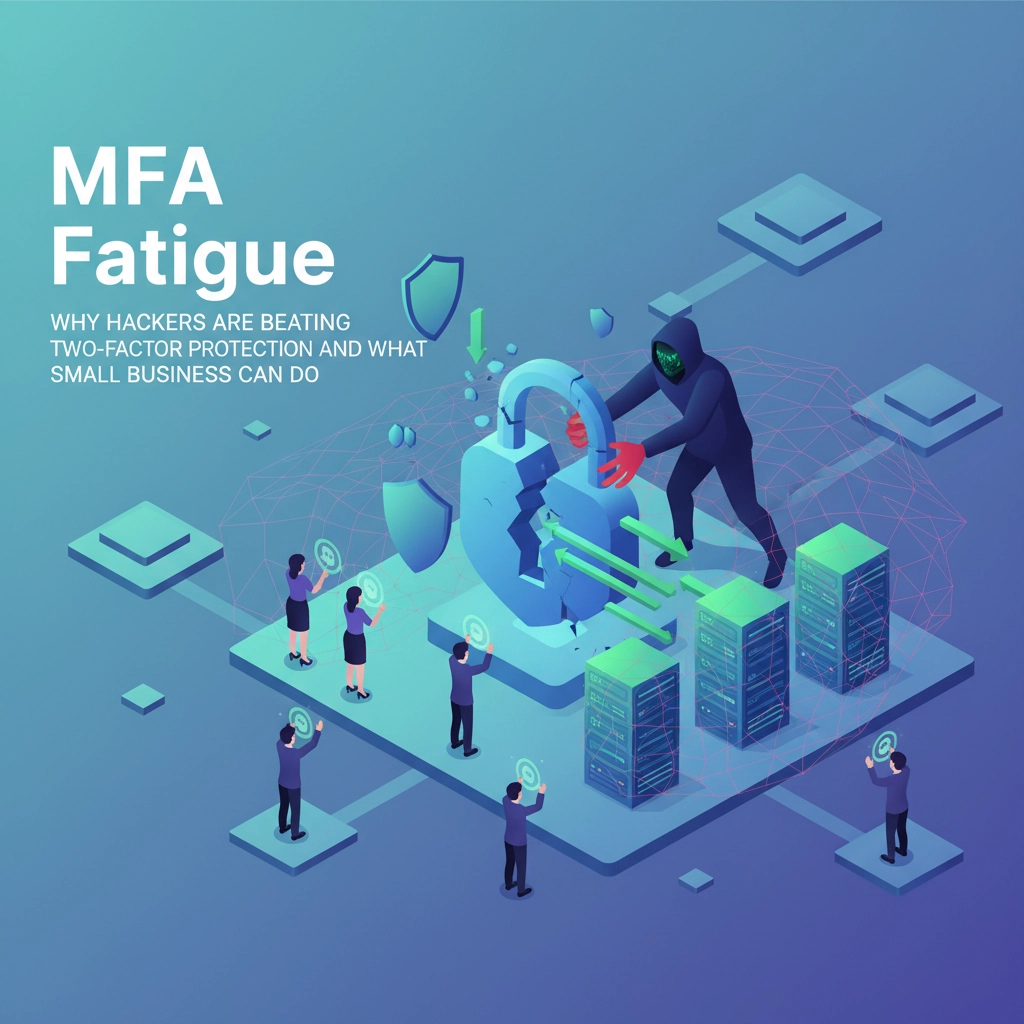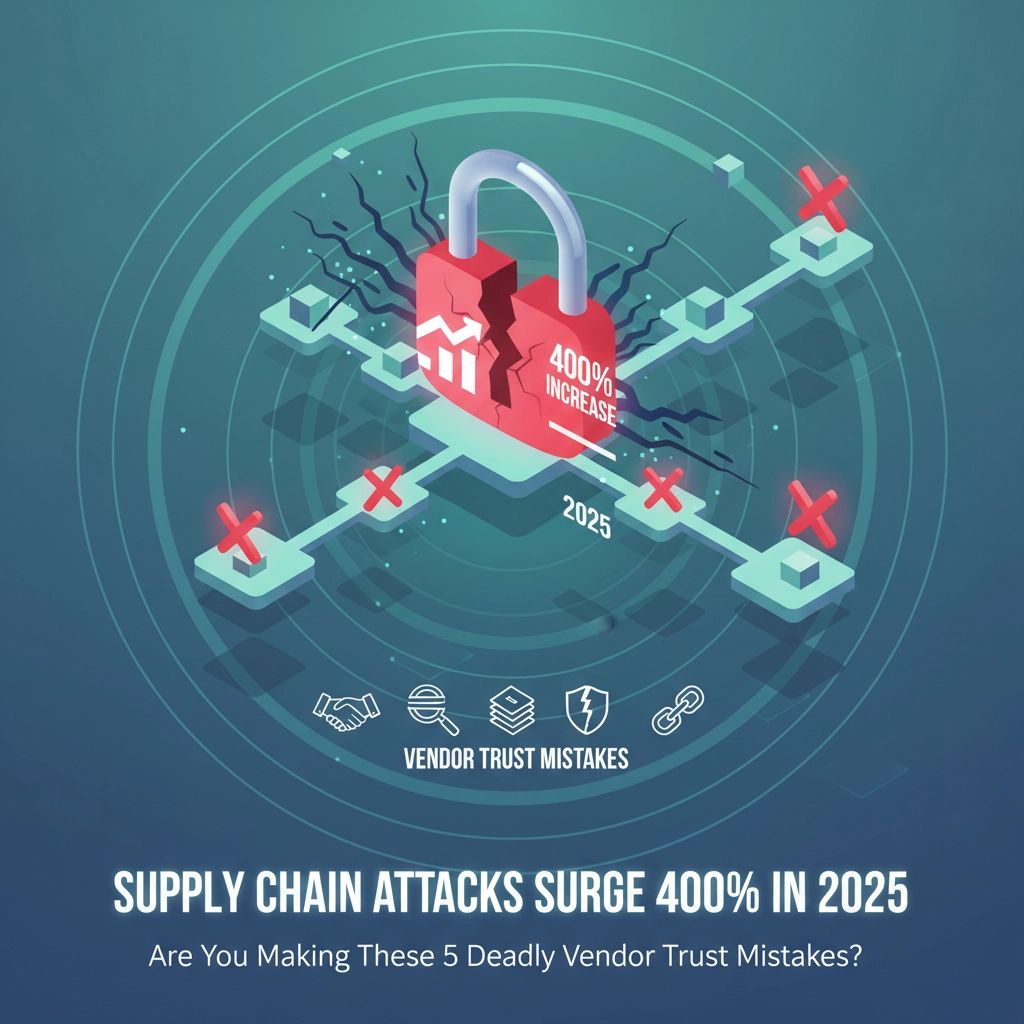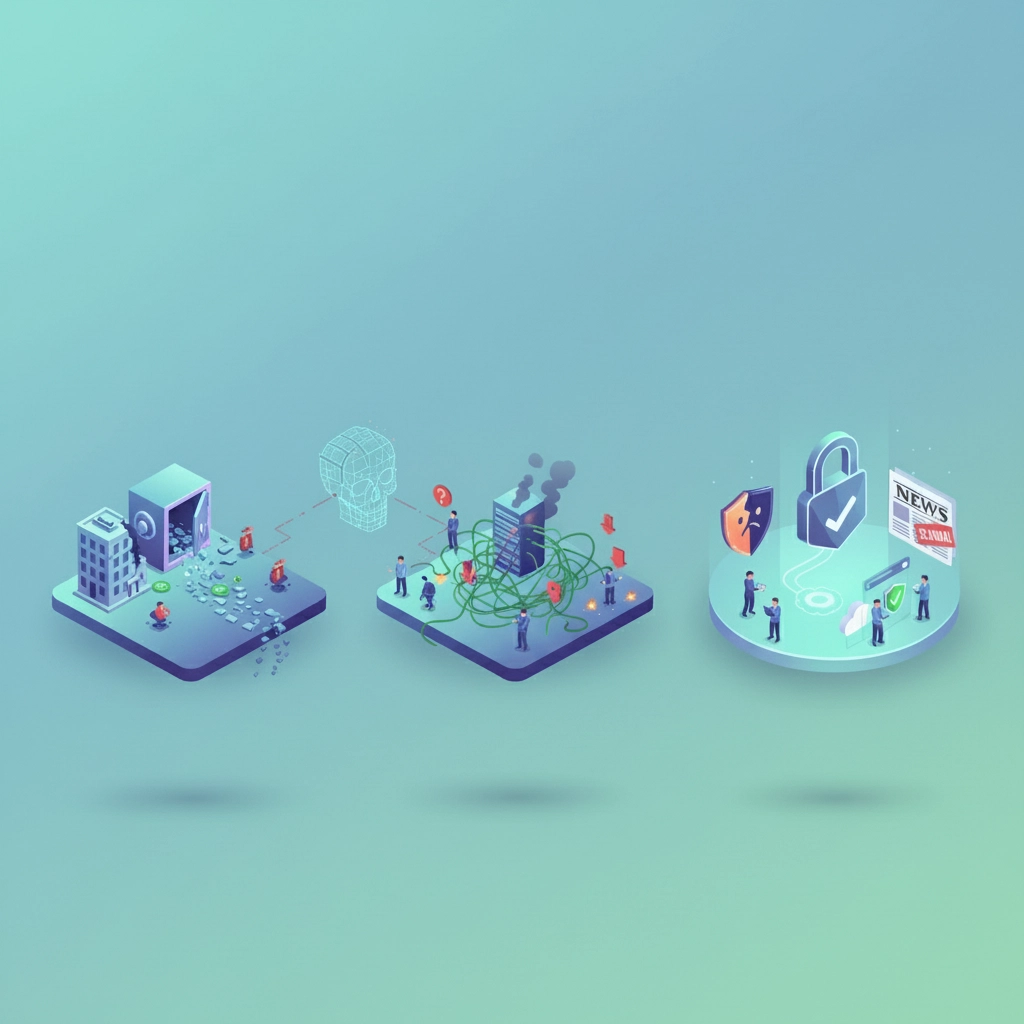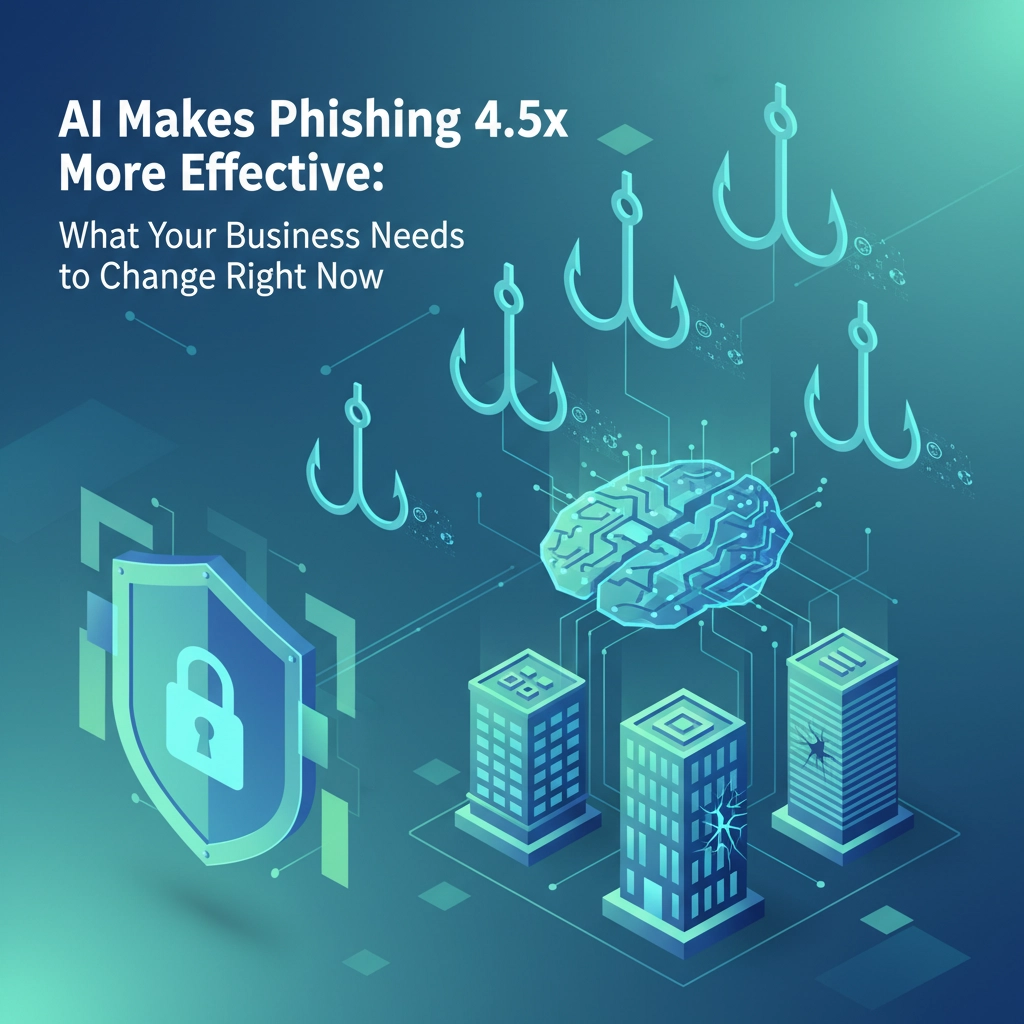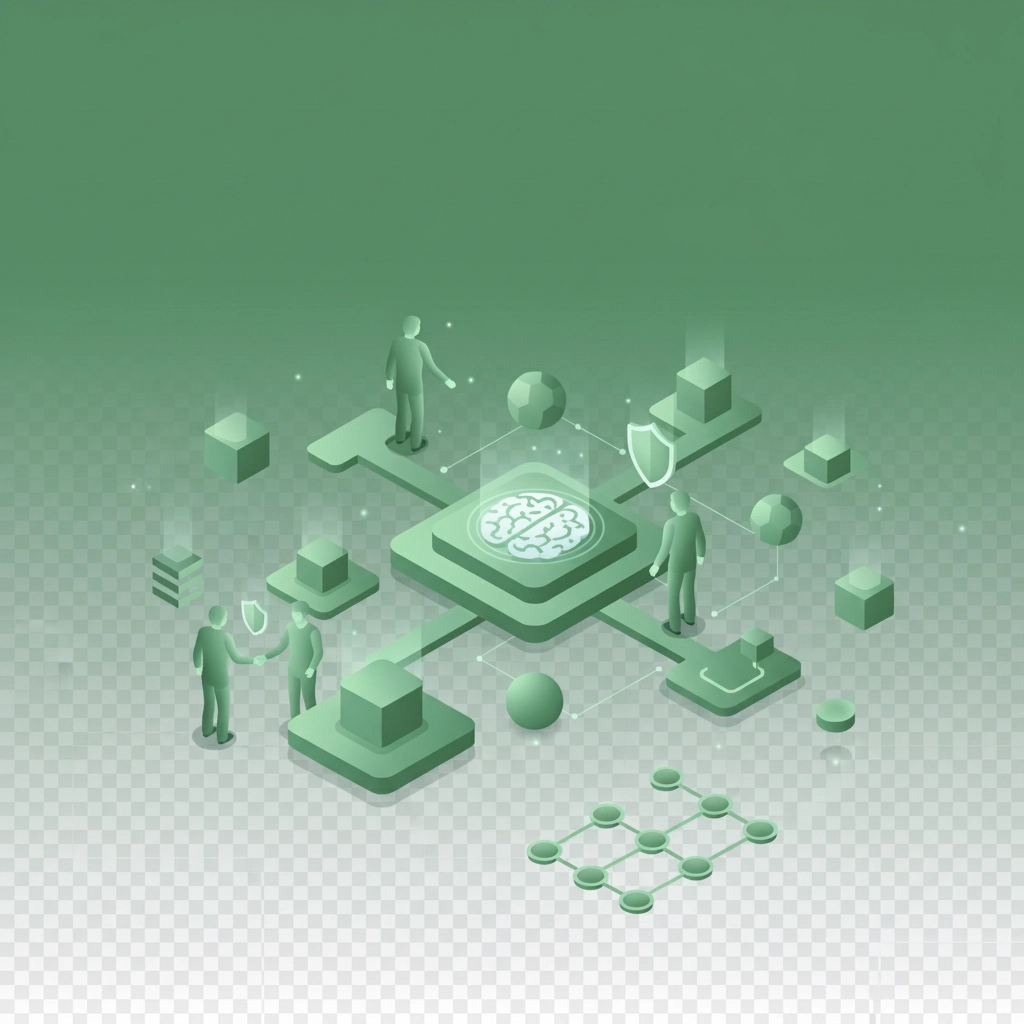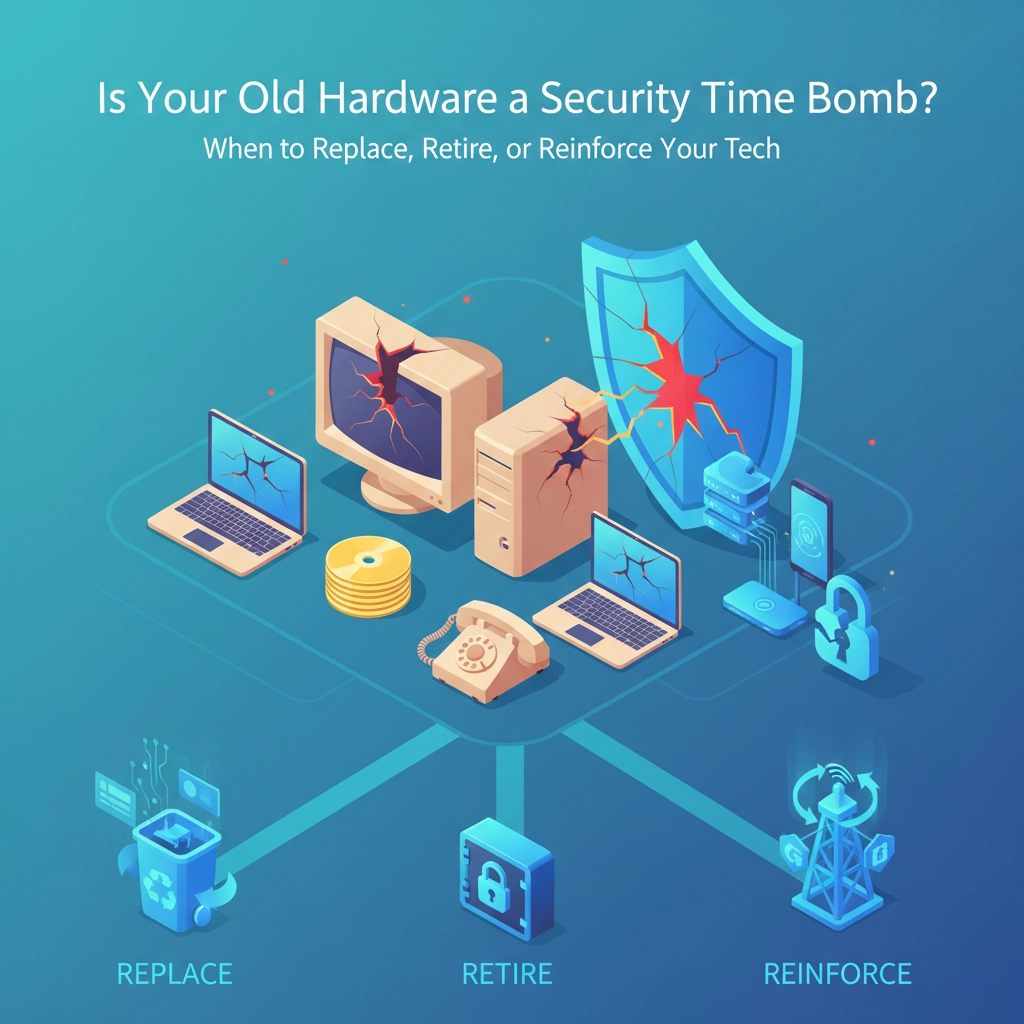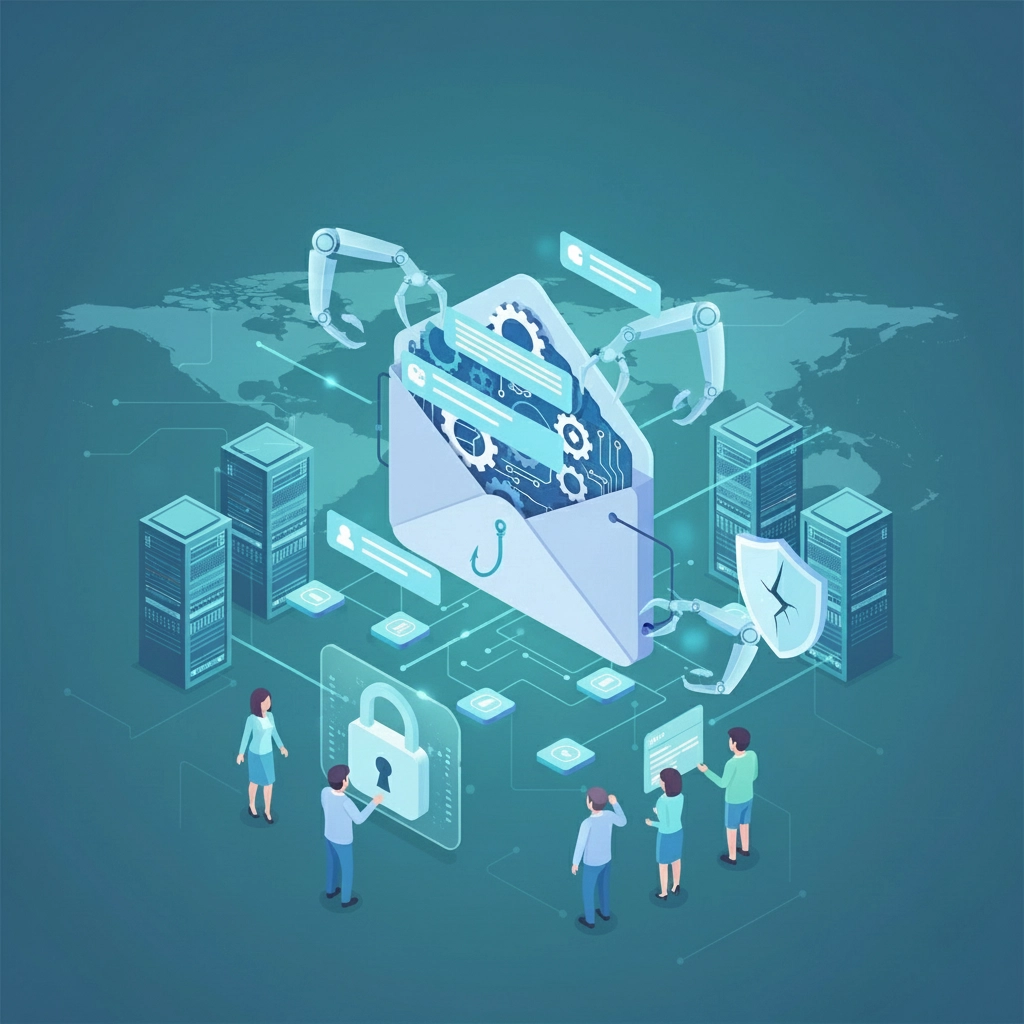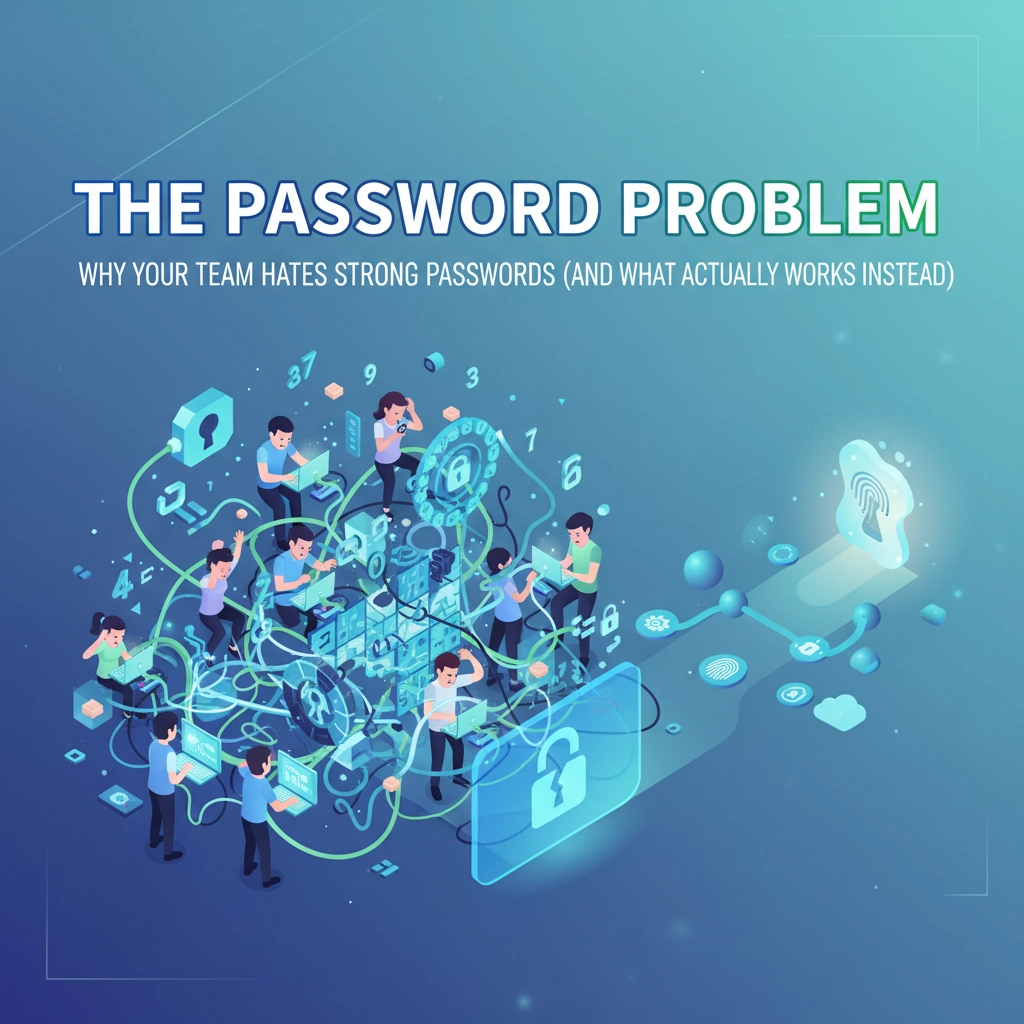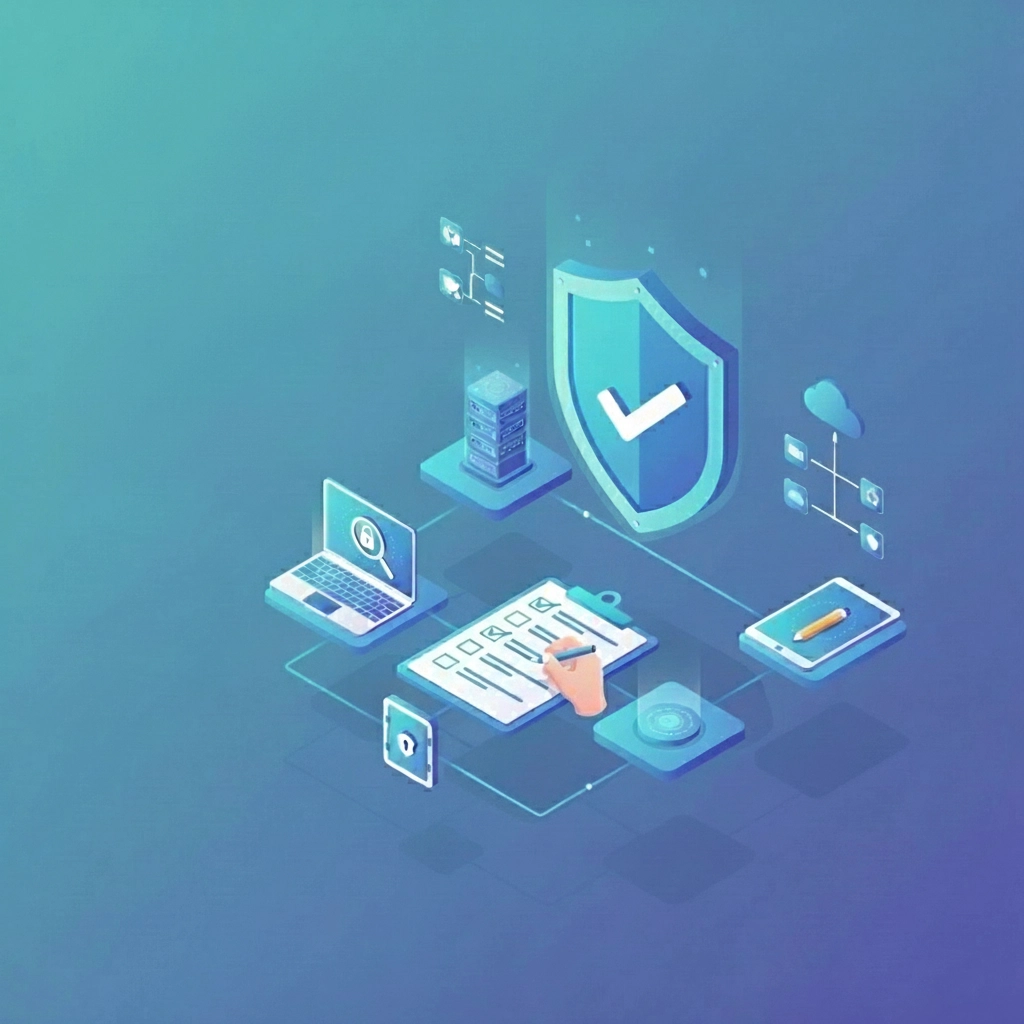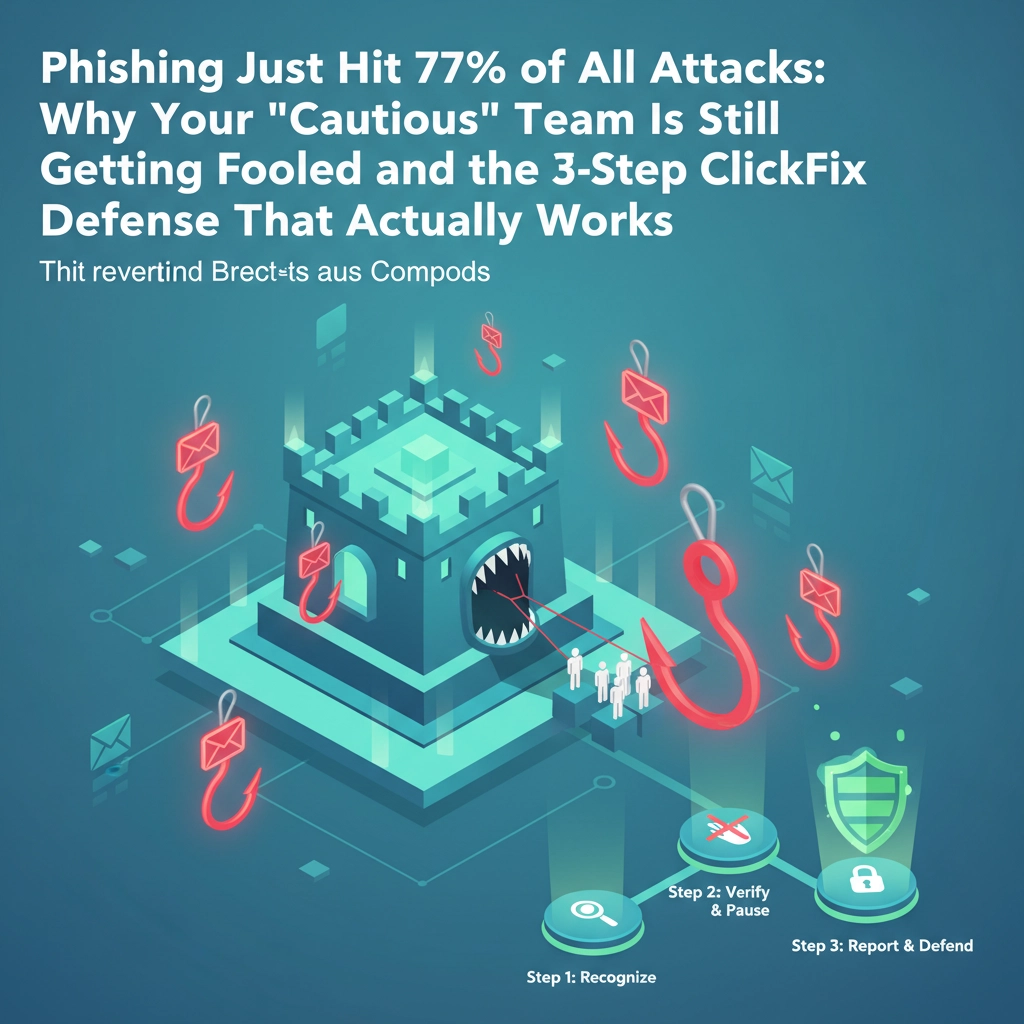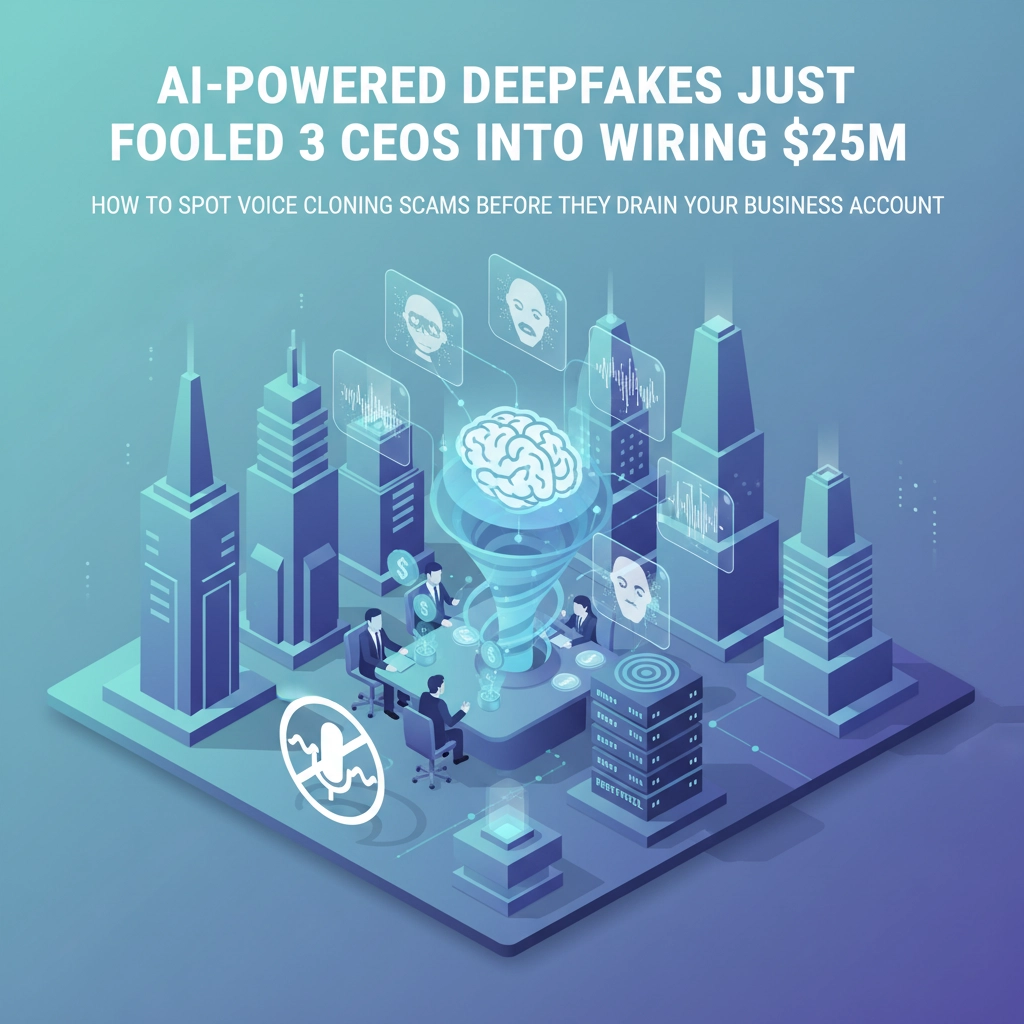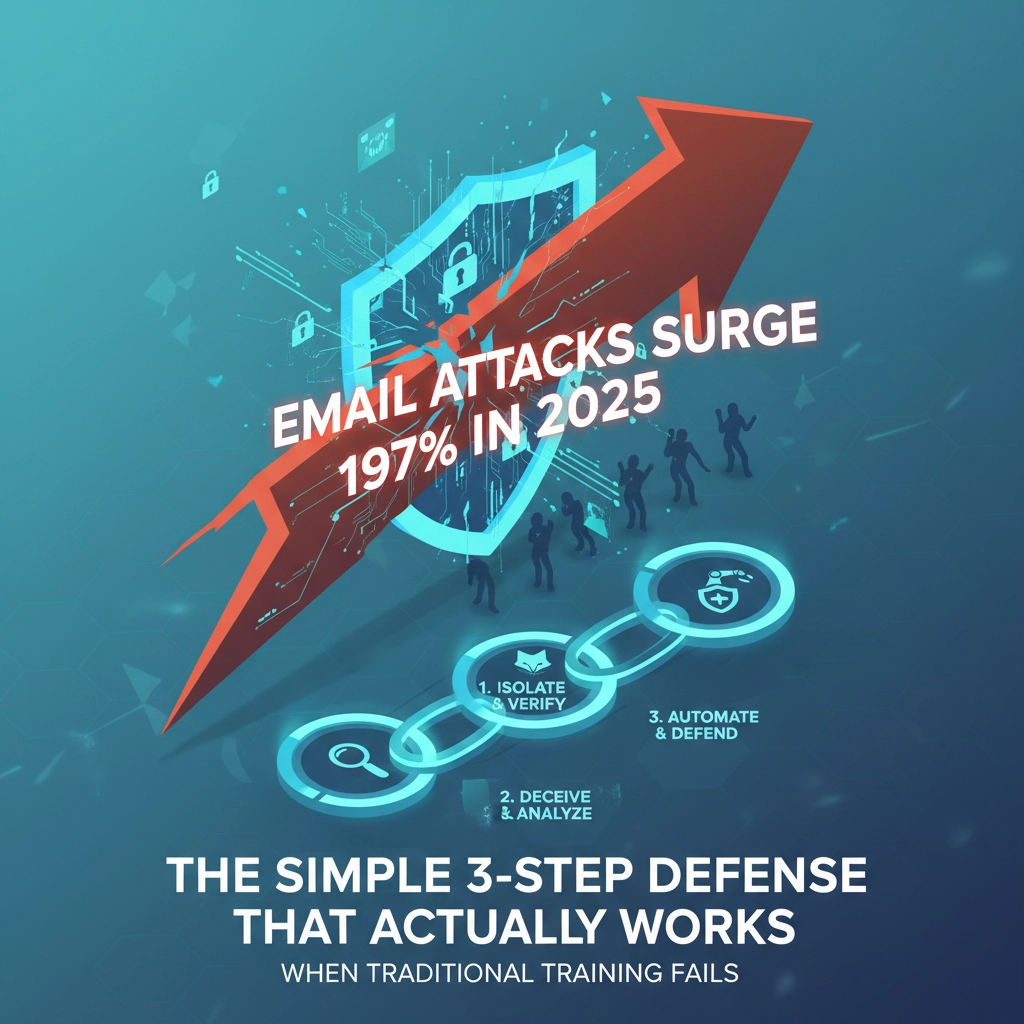Your employees just sat through another phishing awareness training session. They nodded along, promised to look for typos and suspicious links, and walked away feeling confident they could spot a scam. Meanwhile, AI just made that training completely useless.
Today's cybercriminals aren't sending poorly-written emails with obvious red flags anymore. They're using AI to craft perfect grammar, research your company structure, and impersonate your CEO with scary accuracy. When artificial intelligence can clone voices in three seconds and generate personalized attacks at scale, asking employees to "just be more careful" isn't a strategy: it's wishful thinking.
The uncomfortable truth? Traditional phishing training was built for 2010's threats, not 2025's AI-powered social engineering attacks. It's time to stop putting all the responsibility on your people and start building defenses that actually work against modern threats.
The AI Advantage Criminals Now Have
Cybercriminals today have access to the same AI tools your marketing team uses, except they're weaponizing them. They can generate thousands of personalized phishing emails that perfectly mimic your communication style, research your employees' social media profiles to craft targeted attacks, and even clone executive voices for convincing phone calls.
These attacks don't have typos. They don't come from obviously fake domains. They reference real projects, use correct company terminology, and arrive at perfectly reasonable times. Your employees aren't failing when they fall for these: they're being outmatched by technology designed to fool humans.
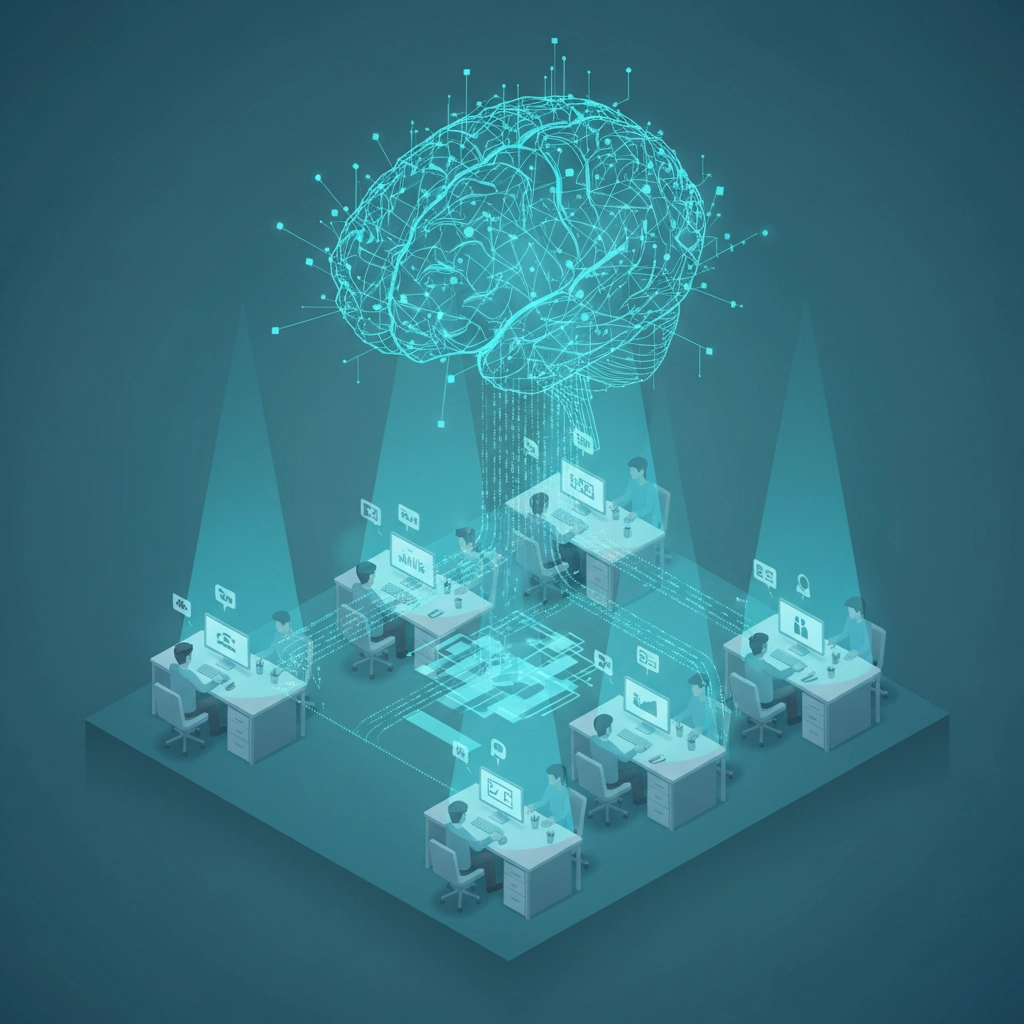
1. Deploy AI-Powered Behavioral Analytics
Instead of training employees to spot fake emails, let AI monitor your entire network for suspicious behavior patterns. Modern behavioral analytics tools establish baseline activities for each user: their typical login times, file access patterns, and communication habits.
When someone's account suddenly starts accessing sensitive files at 3 AM or begins forwarding unusual amounts of data, the system flags it immediately. Unlike humans, AI doesn't have bad days, doesn't get distracted, and never forgets to check for red flags.
These systems learn continuously, adapting to new attack methods faster than any training program could ever update. They're watching 24/7, analyzing thousands of data points your employees could never track manually.
2. Implement Multi-Channel Verification Protocols
Create automated systems that require verification through multiple independent channels for any high-risk requests. When someone requests a wire transfer, password reset, or sensitive data access, the system automatically triggers verification through a different communication channel.
For example, if someone emails requesting a financial transaction, the system automatically sends a verification request to the requester's phone or requires in-person confirmation. This happens automatically: no one has to remember to "be suspicious" or follow a complicated procedure.
The beauty is that legitimate requests barely feel the friction, while social engineering attempts hit a wall they can't easily bypass.
3. Set Up Deception Technologies and Honeypots
Create fake systems and data that look real but exist solely to trap attackers. When someone accesses these honeypots, you know immediately that something's wrong: legitimate users have no reason to access fake financial databases or decoy email accounts.
These deception tools don't just catch attacks; they gather intelligence about attackers' methods and goals. You'll learn exactly how they're trying to exploit your systems, giving you valuable insights for improving your defenses.
Think of honeypots as digital tripwires that don't rely on human detection at all. They're working even when your team is off for the weekend.
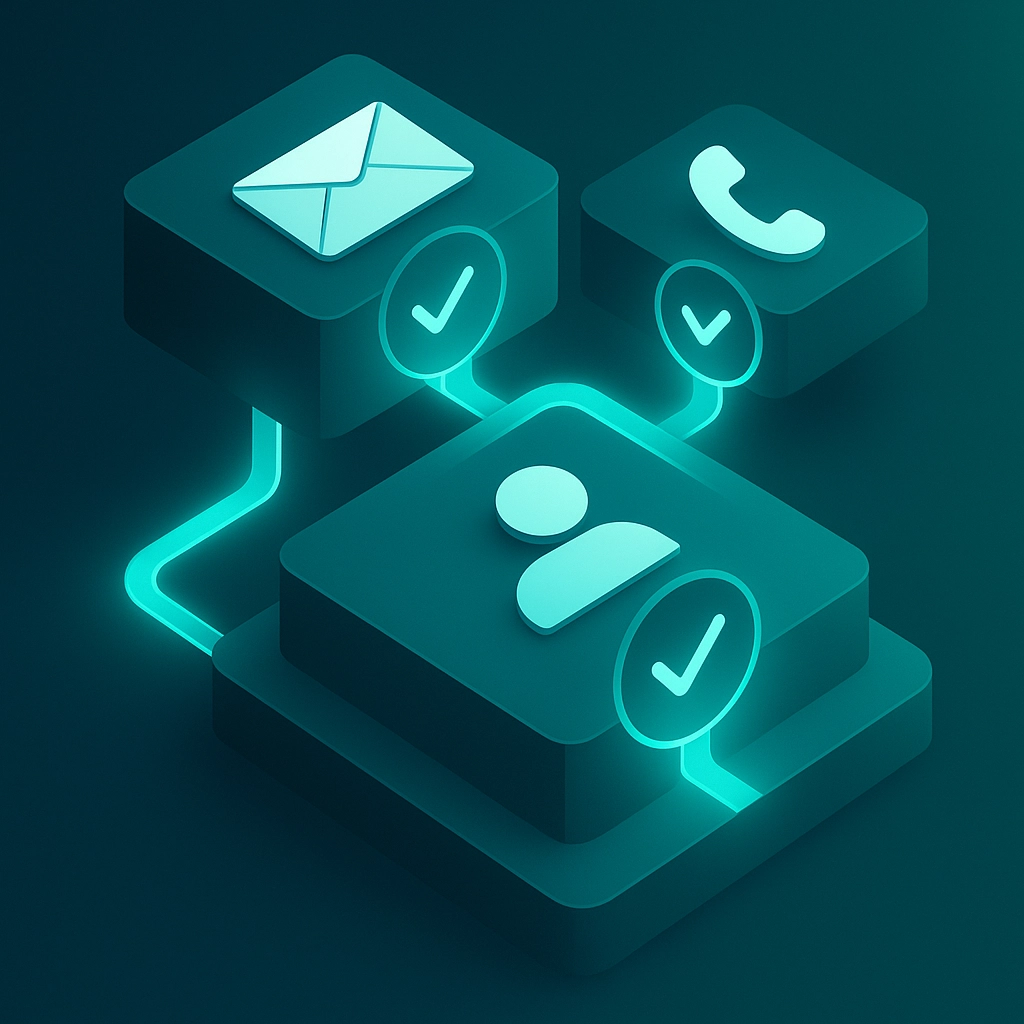
4. Advanced Email Security with AI Content Analysis
Modern AI-powered email security goes far beyond spam filtering. These systems analyze linguistic patterns, sender behavior, and even detect AI-generated content and deepfake attachments.
They can identify when an email claims to come from your CEO but uses slightly different language patterns than their usual communication style. They spot when images have been manipulated or when voice messages have been synthetically generated.
Most importantly, they automatically quarantine suspicious messages before they reach employee inboxes. Your team never has to make the judgment call because the AI has already made it for them.
5. Real-Time Communication Authentication
Implement voice and video verification technologies that can detect AI-generated deepfakes and voice cloning attempts. When someone calls claiming to be a vendor or executive requesting urgent action, authentication tools can analyze voice patterns in real-time to verify authenticity.
These systems are becoming essential as voice cloning technology becomes more accessible. Your employees shouldn't have to play detective when they receive urgent phone calls: let technology do the verification for them.
For video calls, similar tools can detect when someone's image has been digitally manipulated or replaced. The technology exists today and is becoming more accurate every month.
6. Automated Incident Response Systems
Create systems that can immediately contain and investigate suspected social engineering attempts without waiting for human decision-making. When suspicious activity is detected, automated responses can instantly isolate compromised accounts, preserve forensic evidence, and initiate response protocols.
These systems work faster than human response teams and don't hesitate when they detect threats. They can lock down accounts, notify relevant personnel, and begin damage assessment in seconds rather than hours.
Speed matters in cybersecurity. Automated response systems provide consistent protection that doesn't depend on someone being available to make critical decisions under pressure.
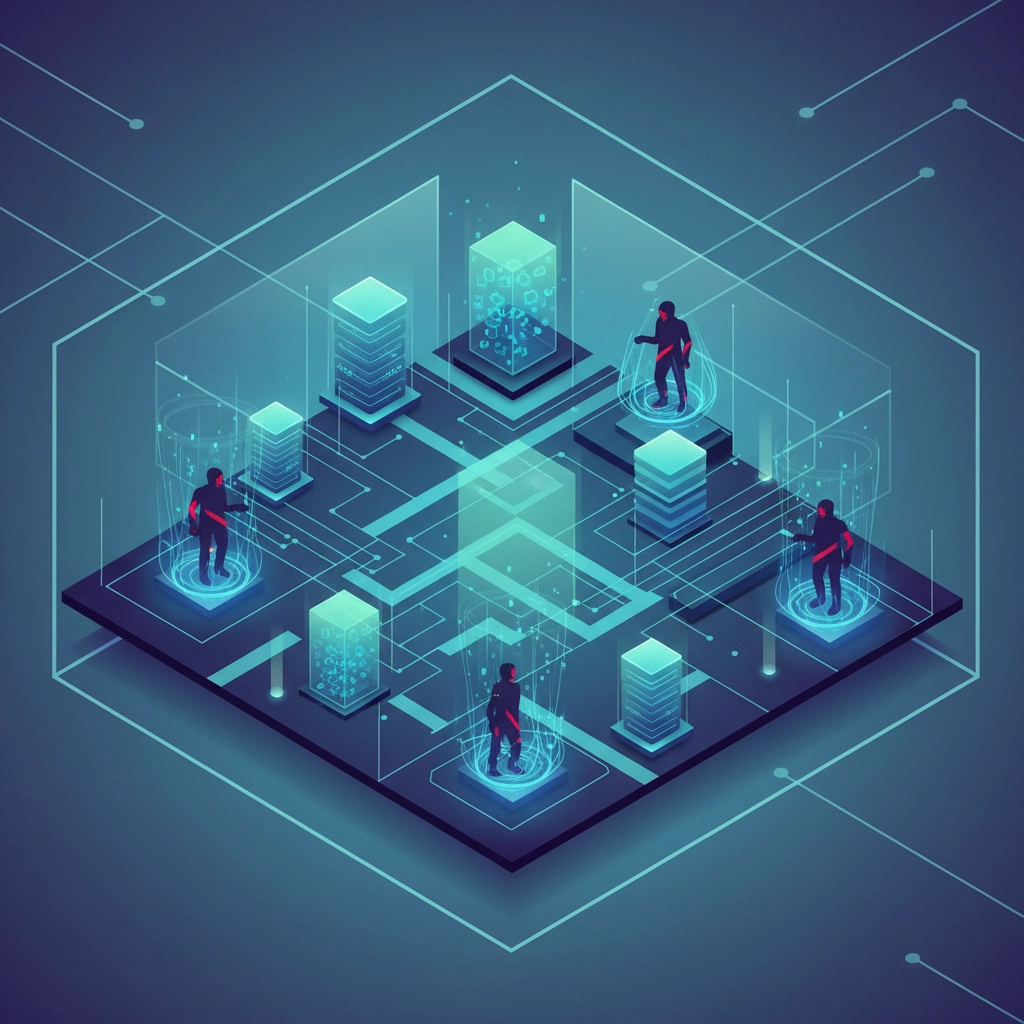
7. Continuous Security Posture Monitoring
Instead of periodic training sessions, implement continuous monitoring of your security posture. AI-driven tools constantly assess your vulnerabilities, monitor for new threats, and automatically update defenses based on the latest attack patterns.
These systems don't just react to attacks: they predict and prevent them. They analyze global threat intelligence, identify patterns that suggest your organization might be targeted, and proactively strengthen defenses.
Unlike training programs that become stale between updates, continuous monitoring ensures your defenses evolve as fast as the threats you face.
The Reality Check: People Aren't the Problem
This isn't about replacing your security team or eliminating all training. It's about recognizing that humans have cognitive limitations, and AI-powered attacks are specifically designed to exploit those limitations.
Your employees are skilled professionals hired to do their jobs, not to be cybersecurity experts. When we put the entire burden of threat detection on them, we're setting them up for failure and leaving our organizations vulnerable.
Smart companies are shifting from "train the human" to "augment the human." They're using technology to handle the tasks humans aren't well-suited for: like analyzing thousands of emails for subtle linguistic anomalies: while letting people focus on what they do best.
Building Your AI-Aware Defense Strategy
The good news is that you don't need to implement all seven strategies at once. Start with behavioral analytics and email security enhancements, as these provide immediate protection against the most common AI-powered attacks. Then gradually add additional layers like deception technologies and automated response systems.
The key is moving away from defense strategies that depend on perfect human performance under pressure. AI-powered attacks succeed because they're designed to fool people: so build defenses that don't rely on people not being fooled.
Your cybersecurity strategy should be as sophisticated as the threats you're facing. In 2025, that means embracing AI-aware defenses that can match the speed, scale, and precision of modern social engineering attacks.
Ready to upgrade your defenses beyond traditional training? Contact B&R Computers today to discuss implementing AI-aware security strategies that actually work against modern threats. Your employees will thank you for not making them the last line of defense against attackers using technology designed to outsmart them.





